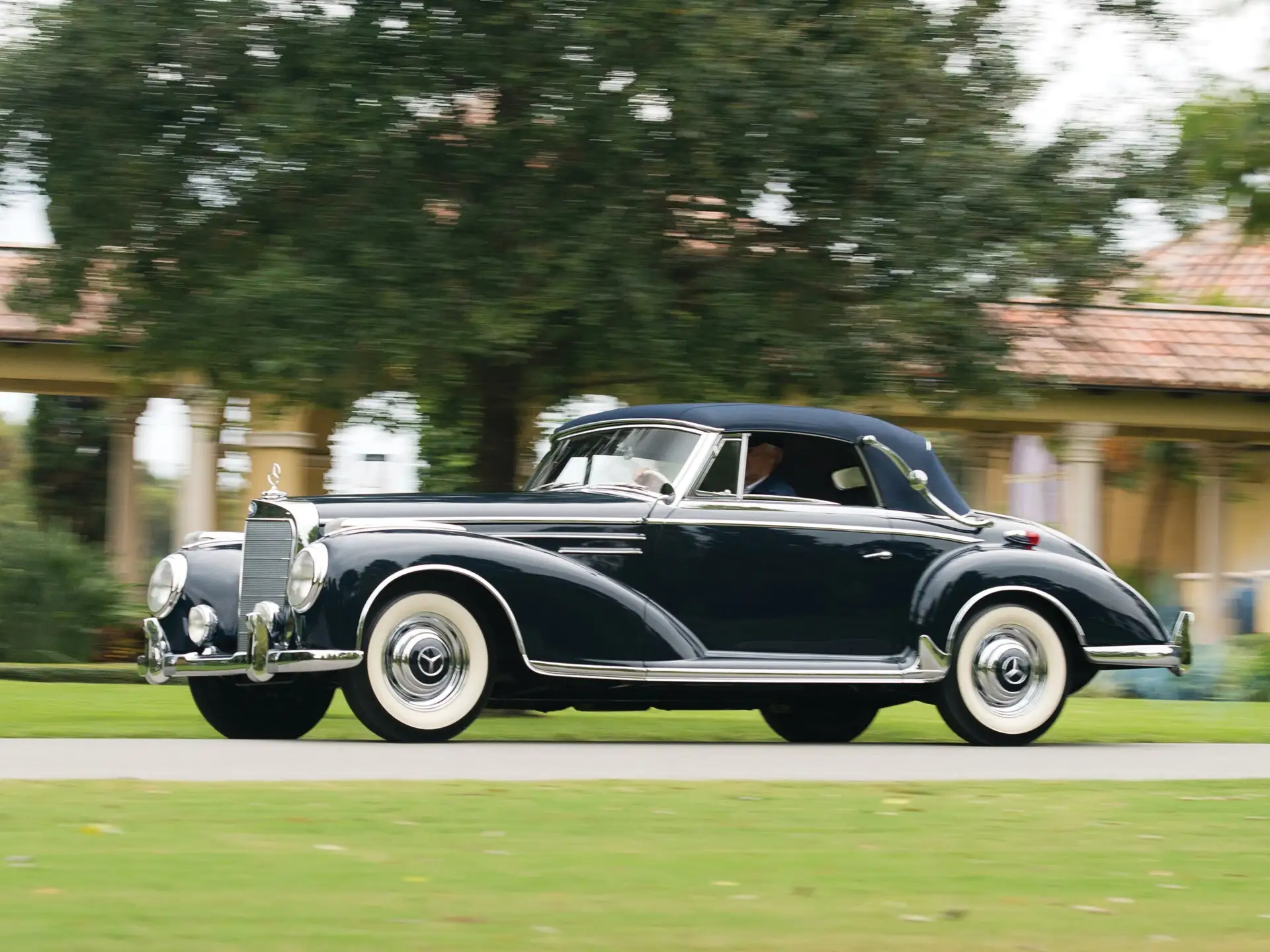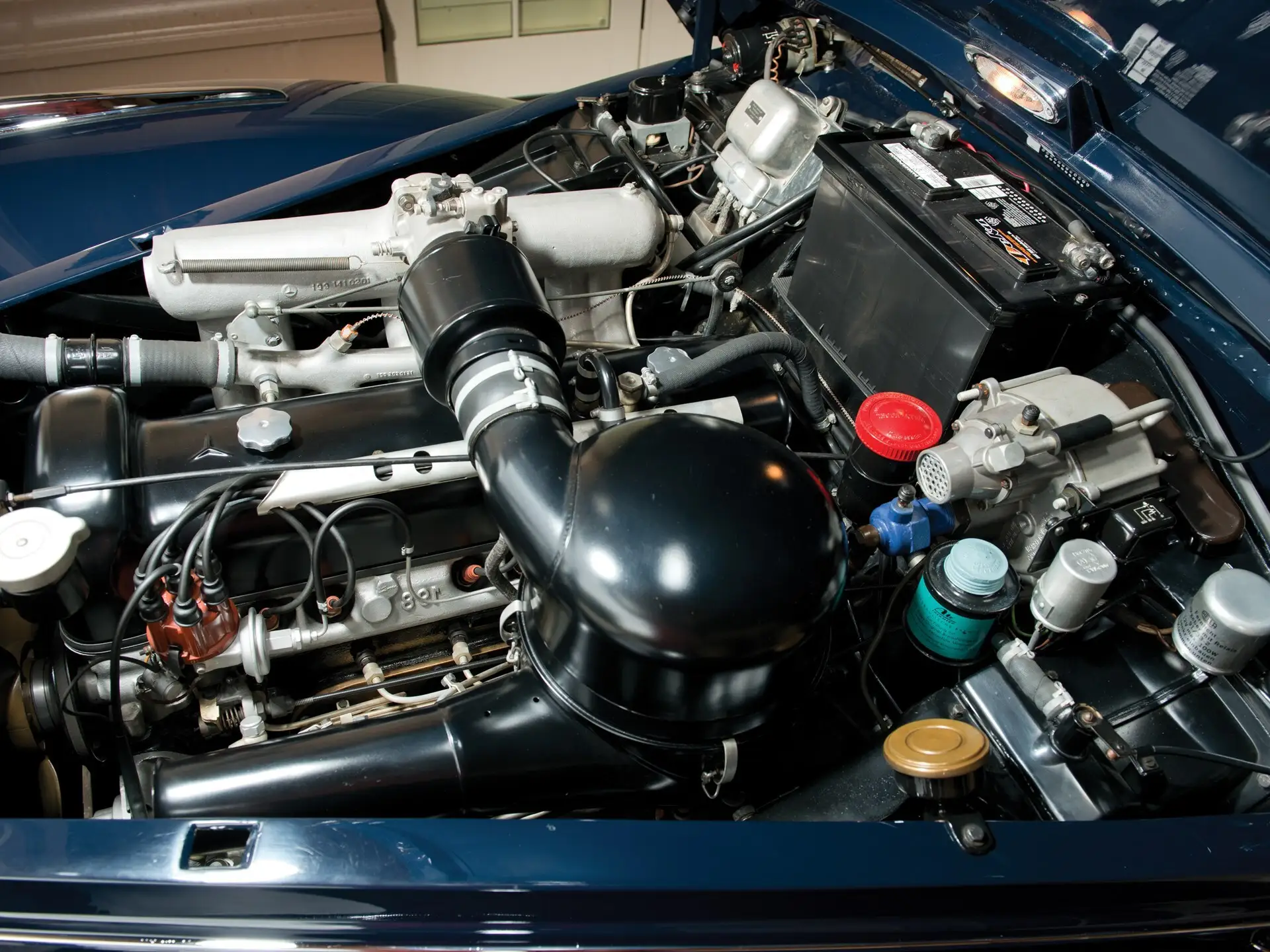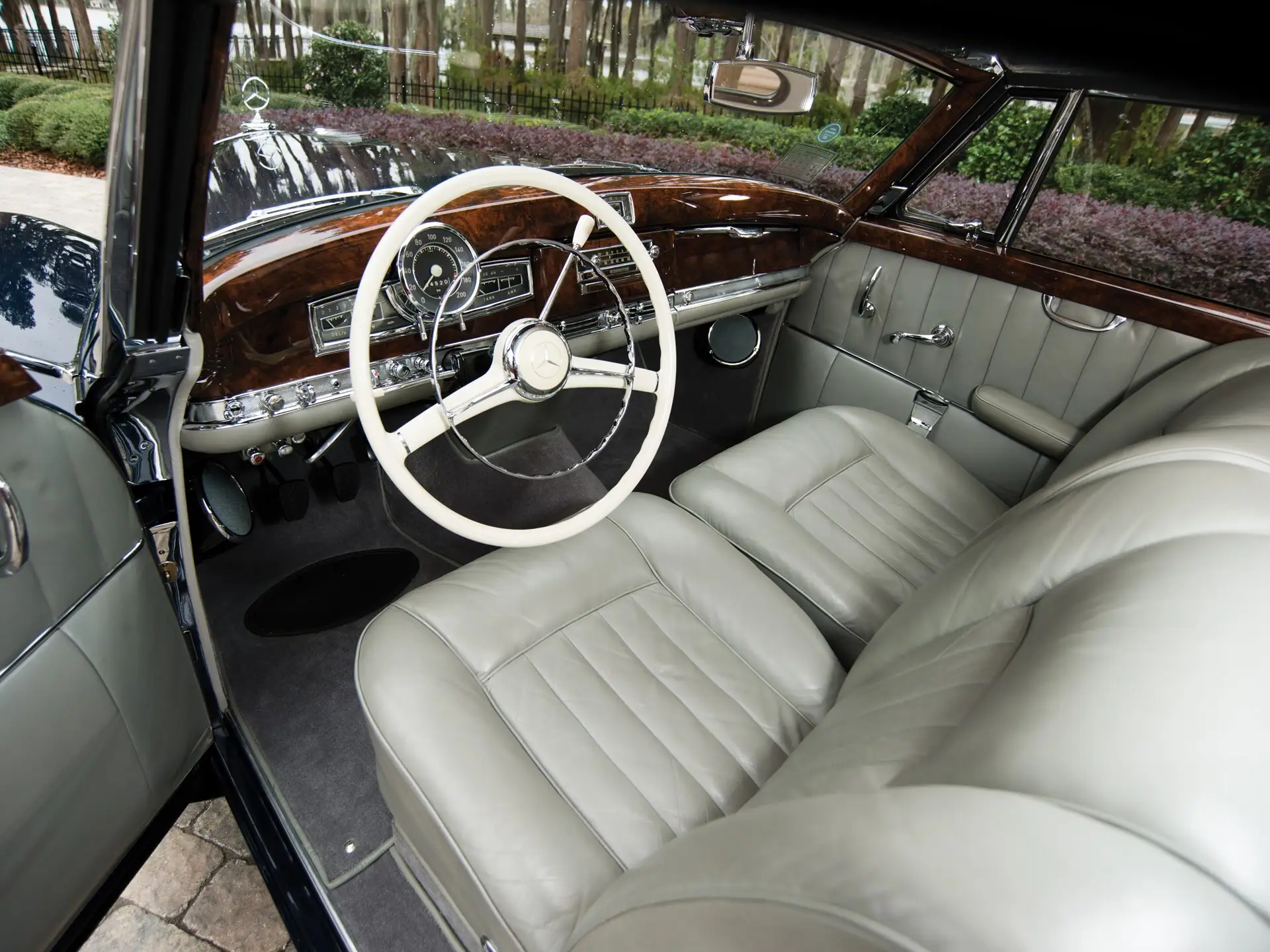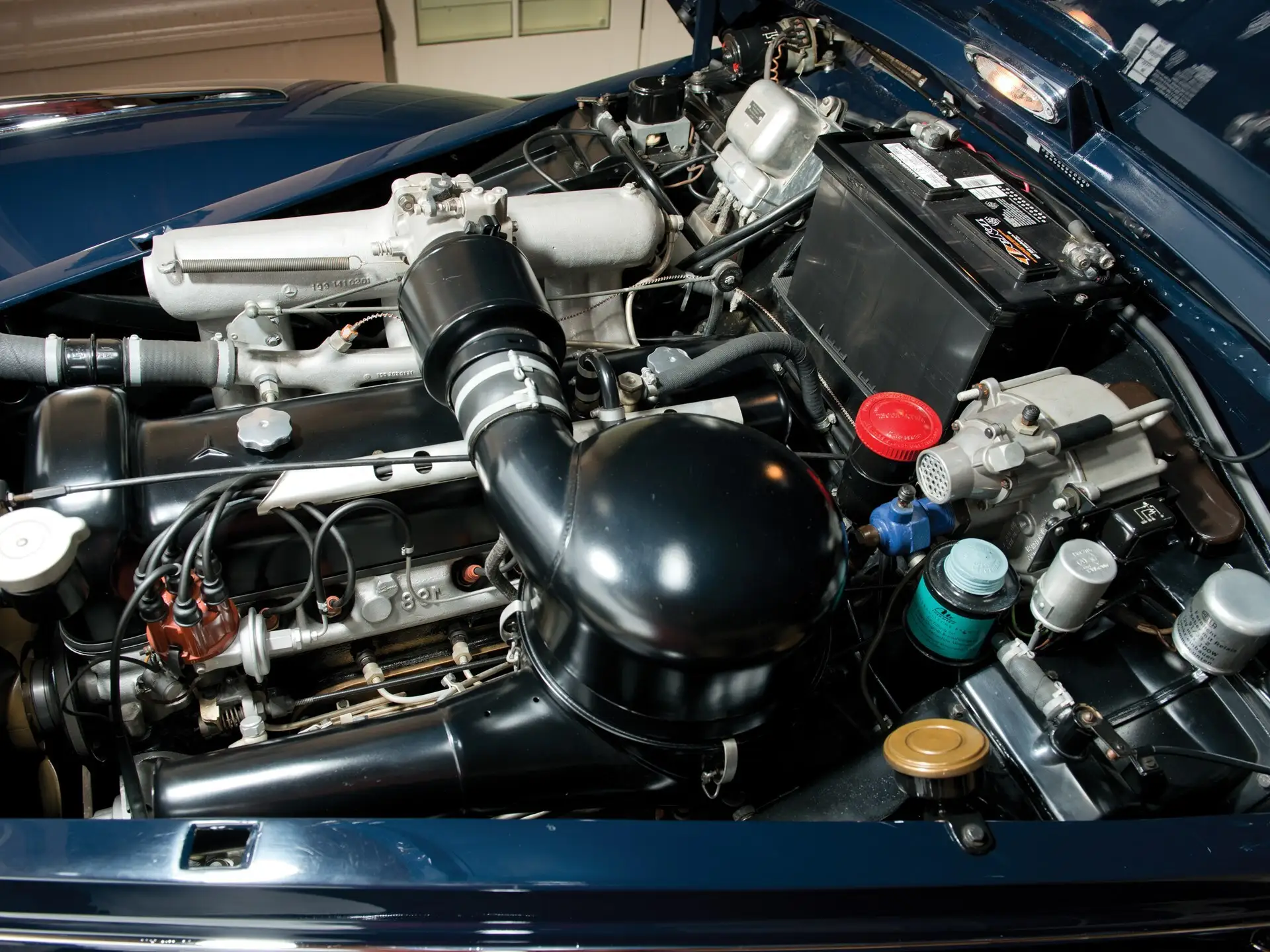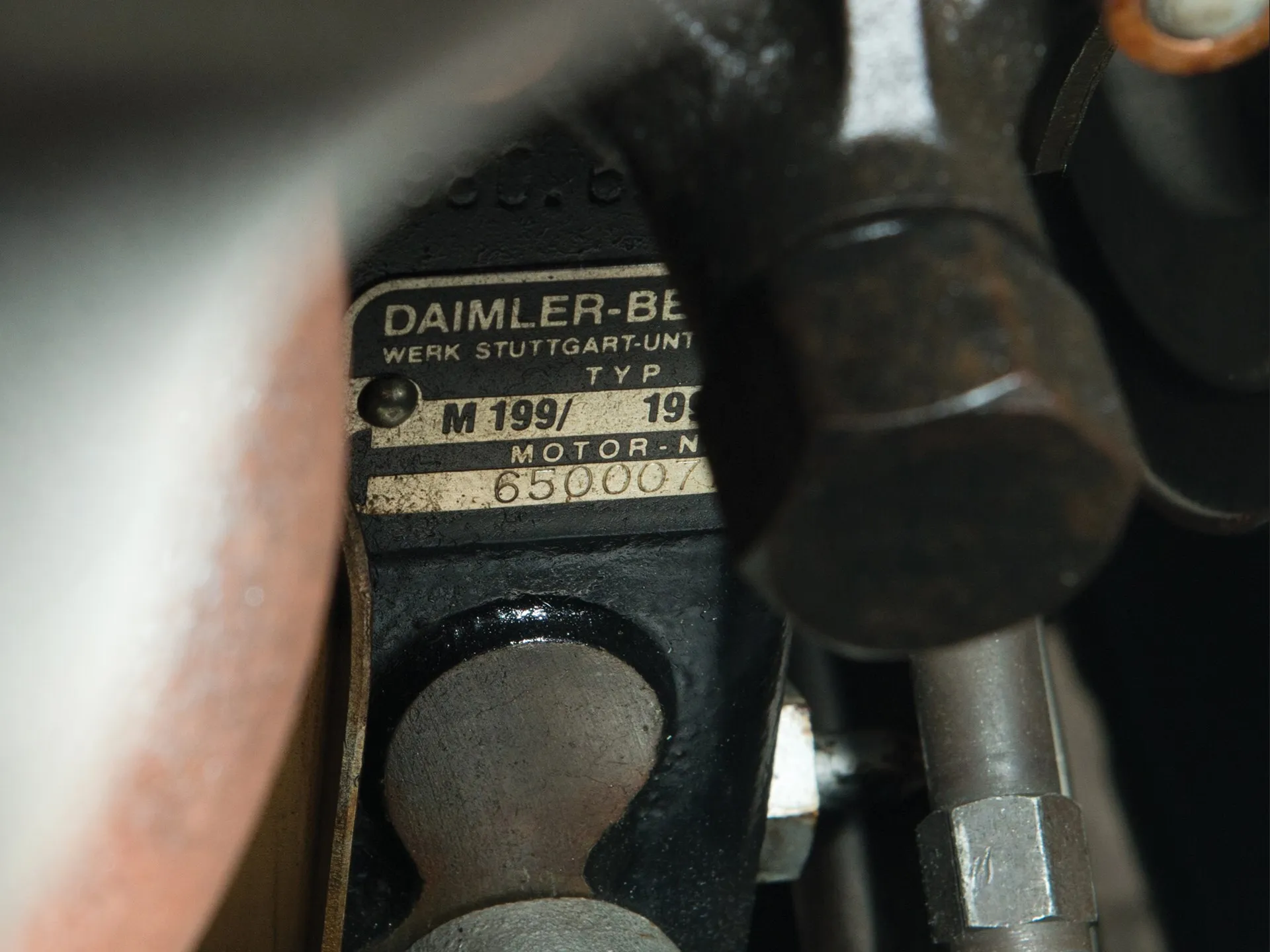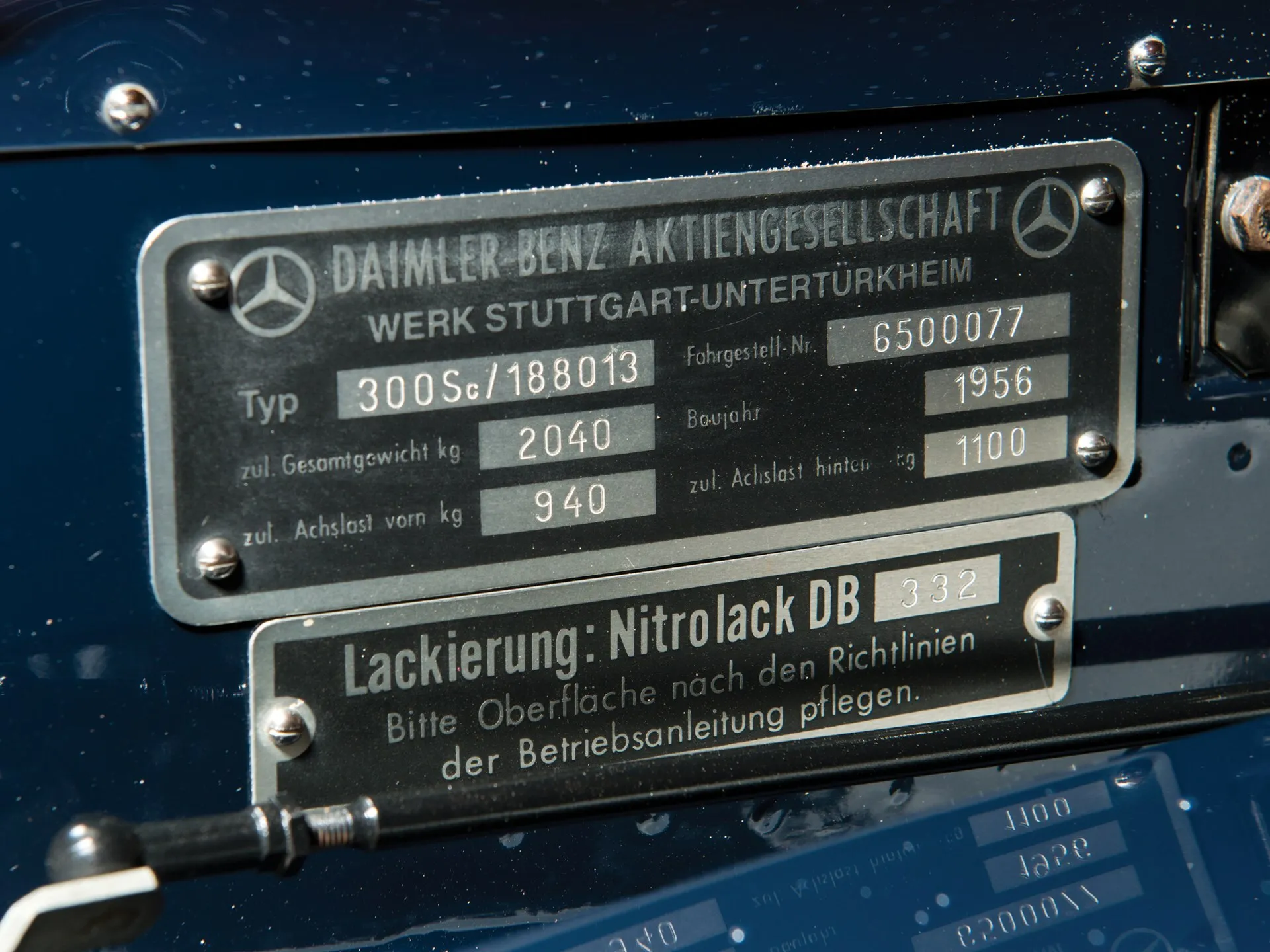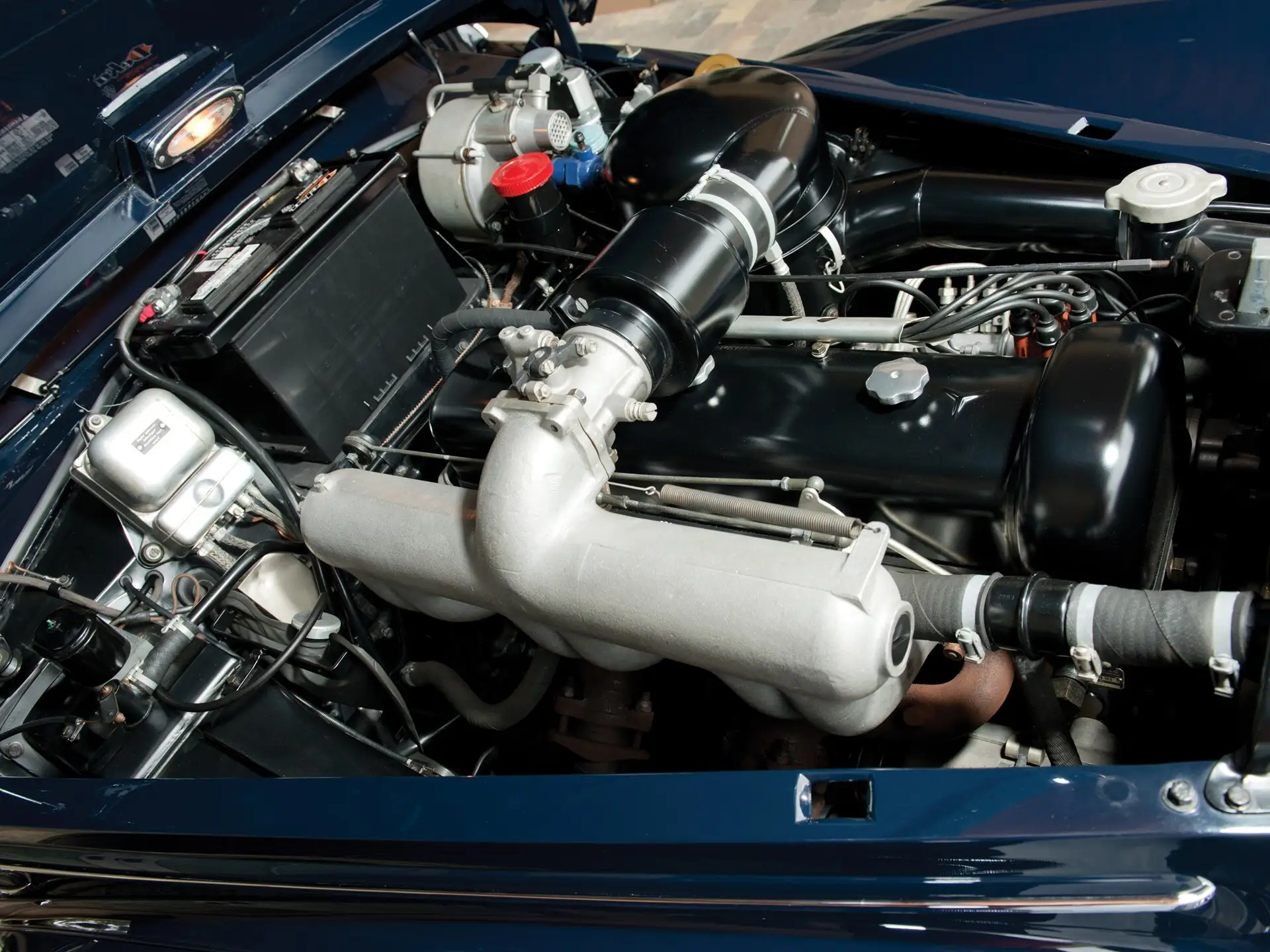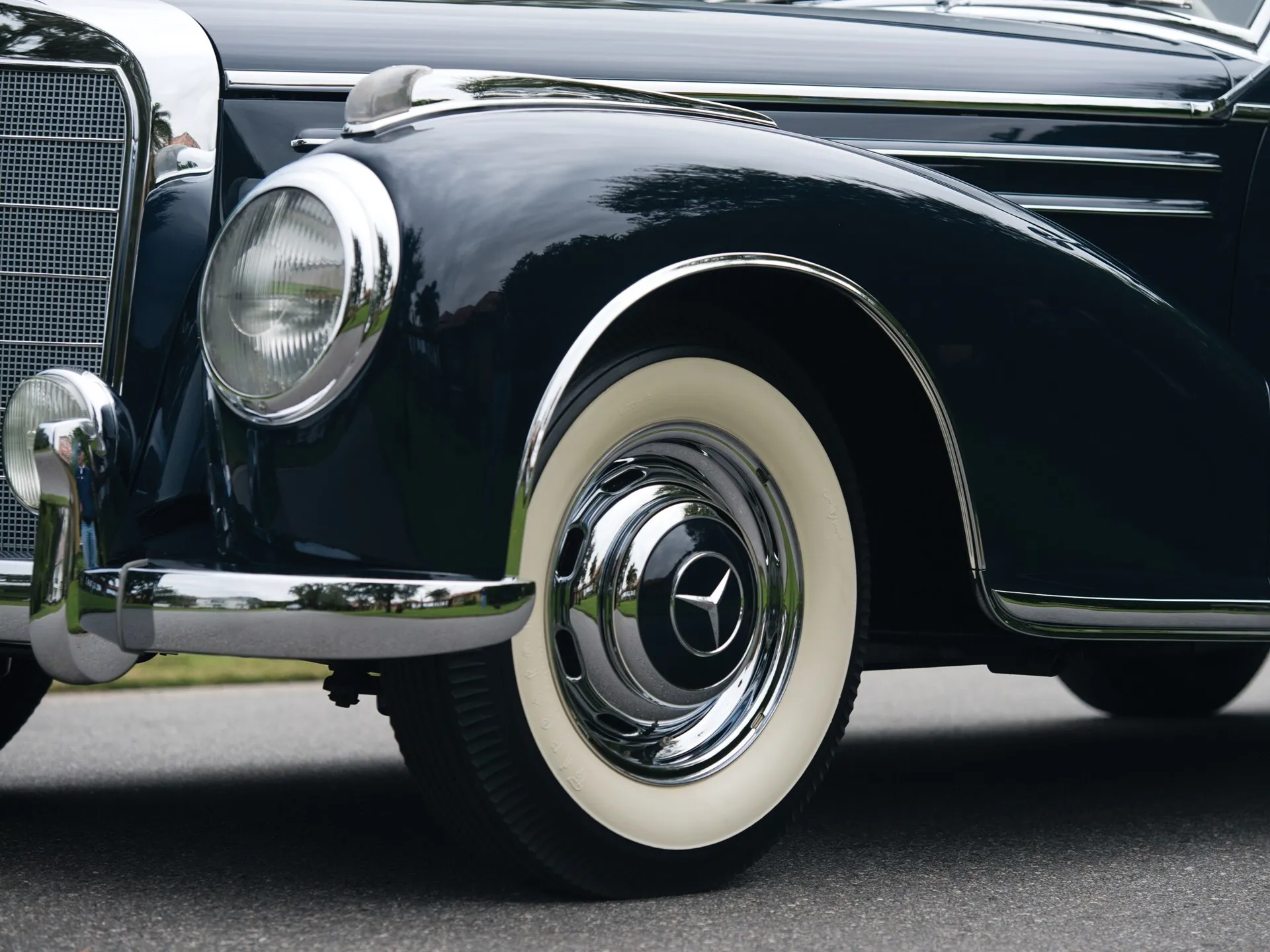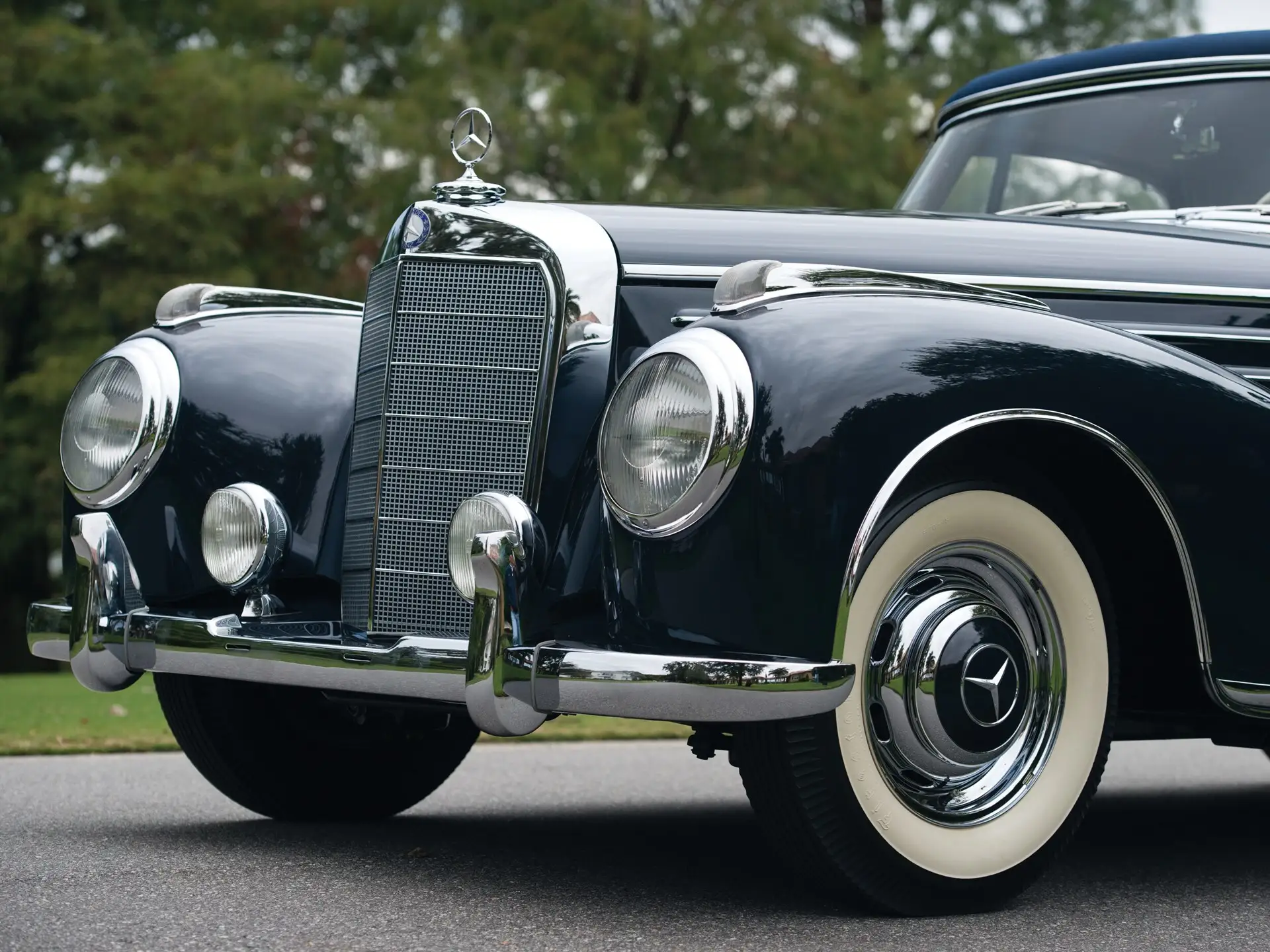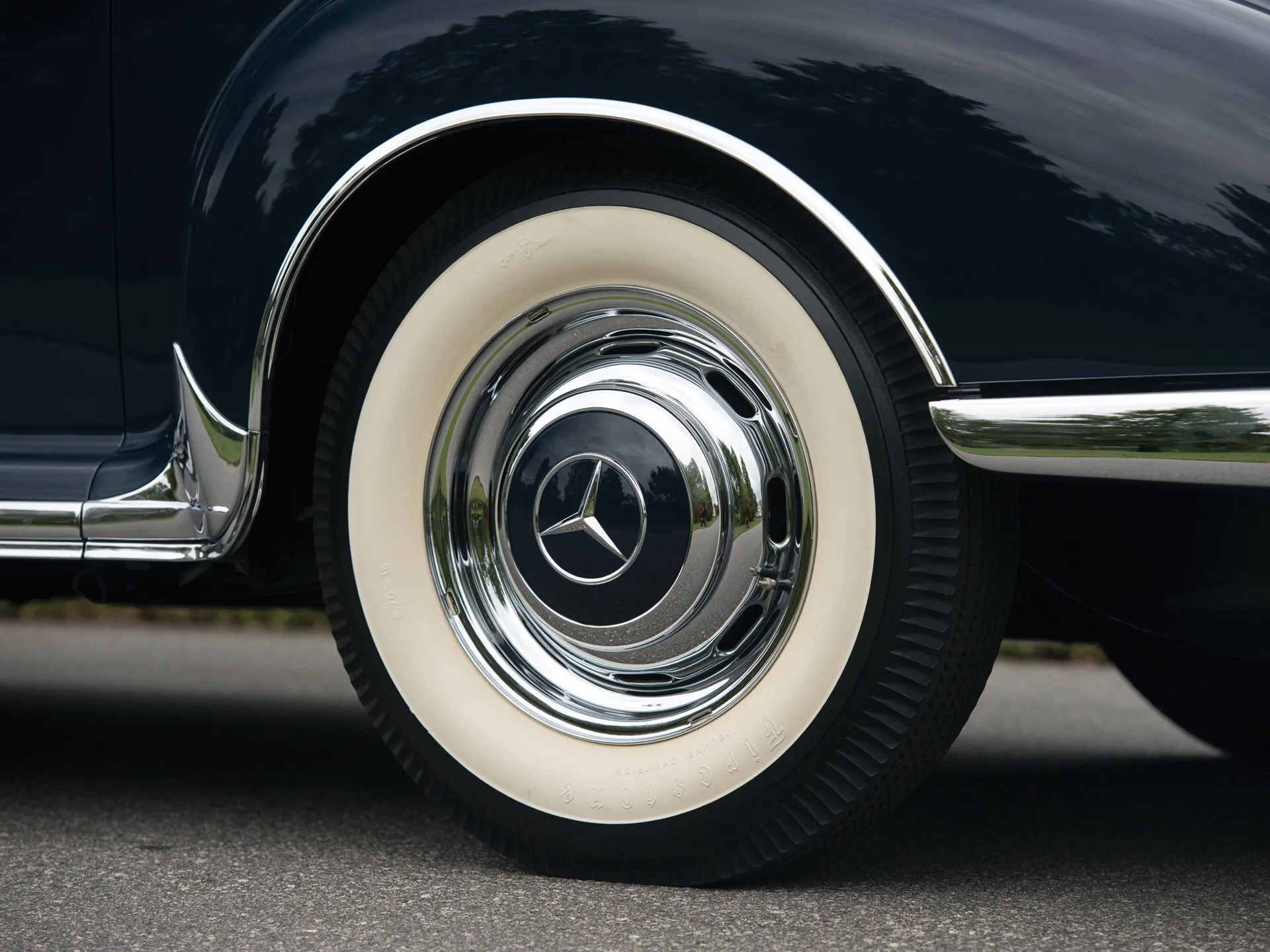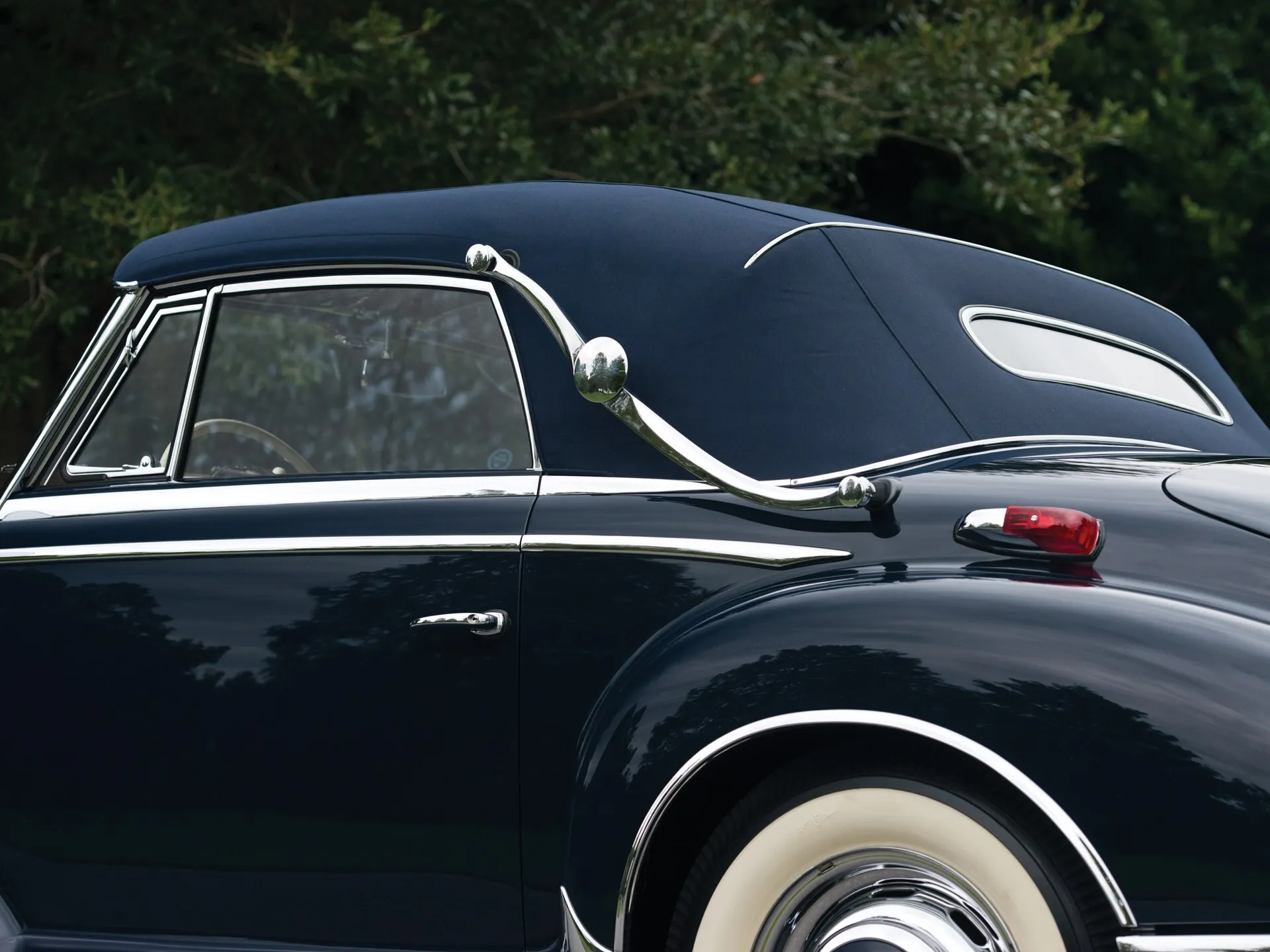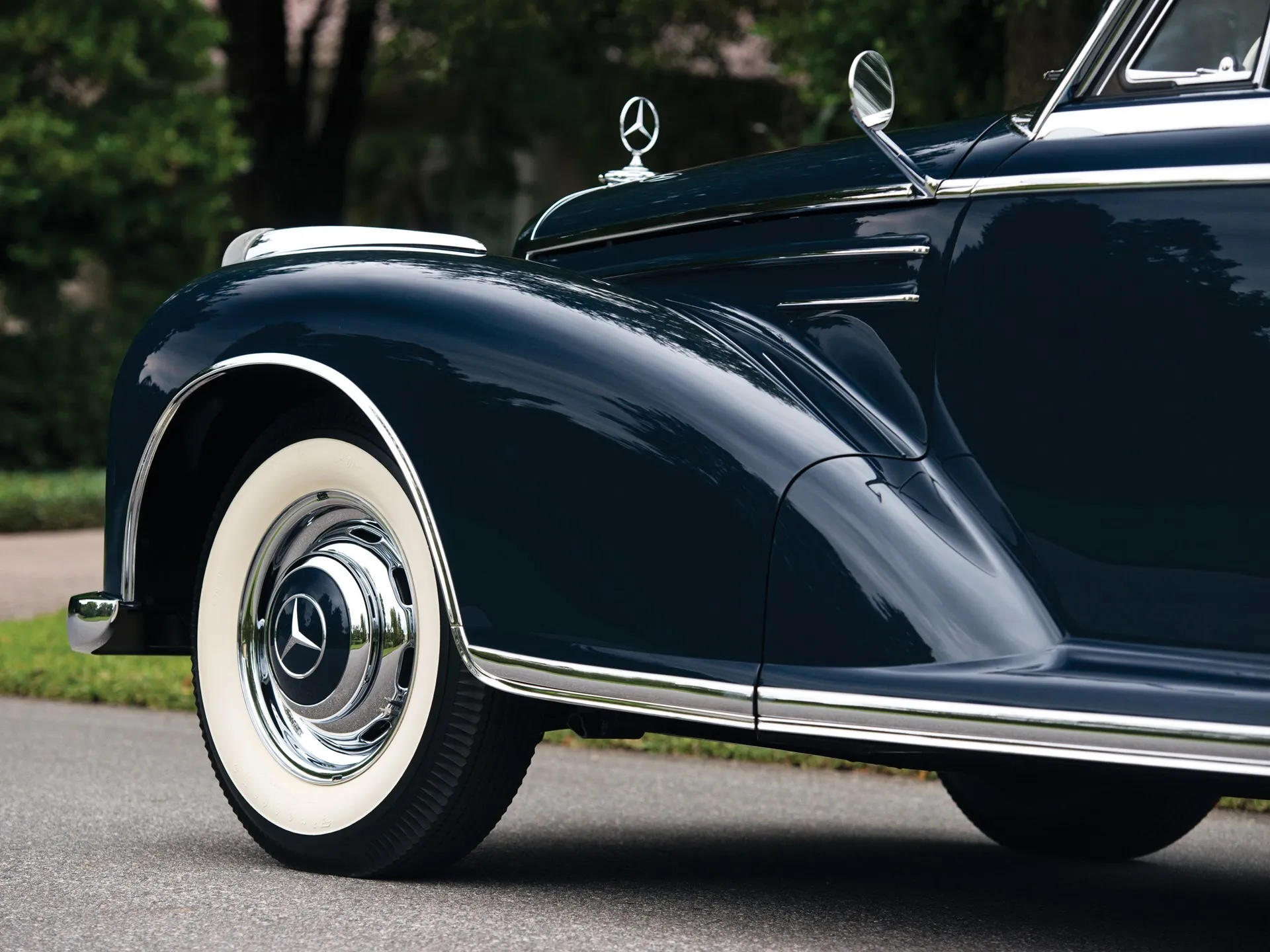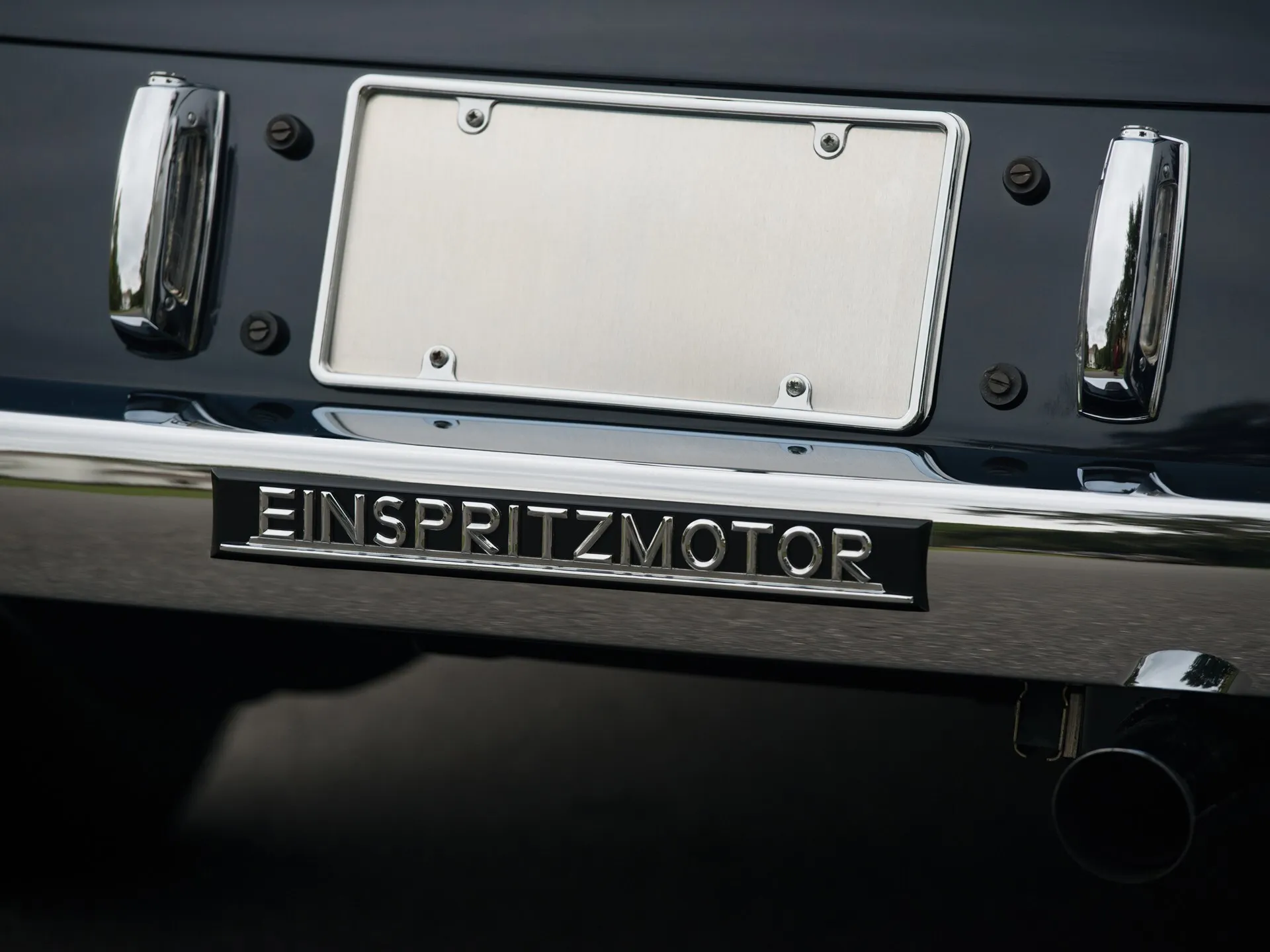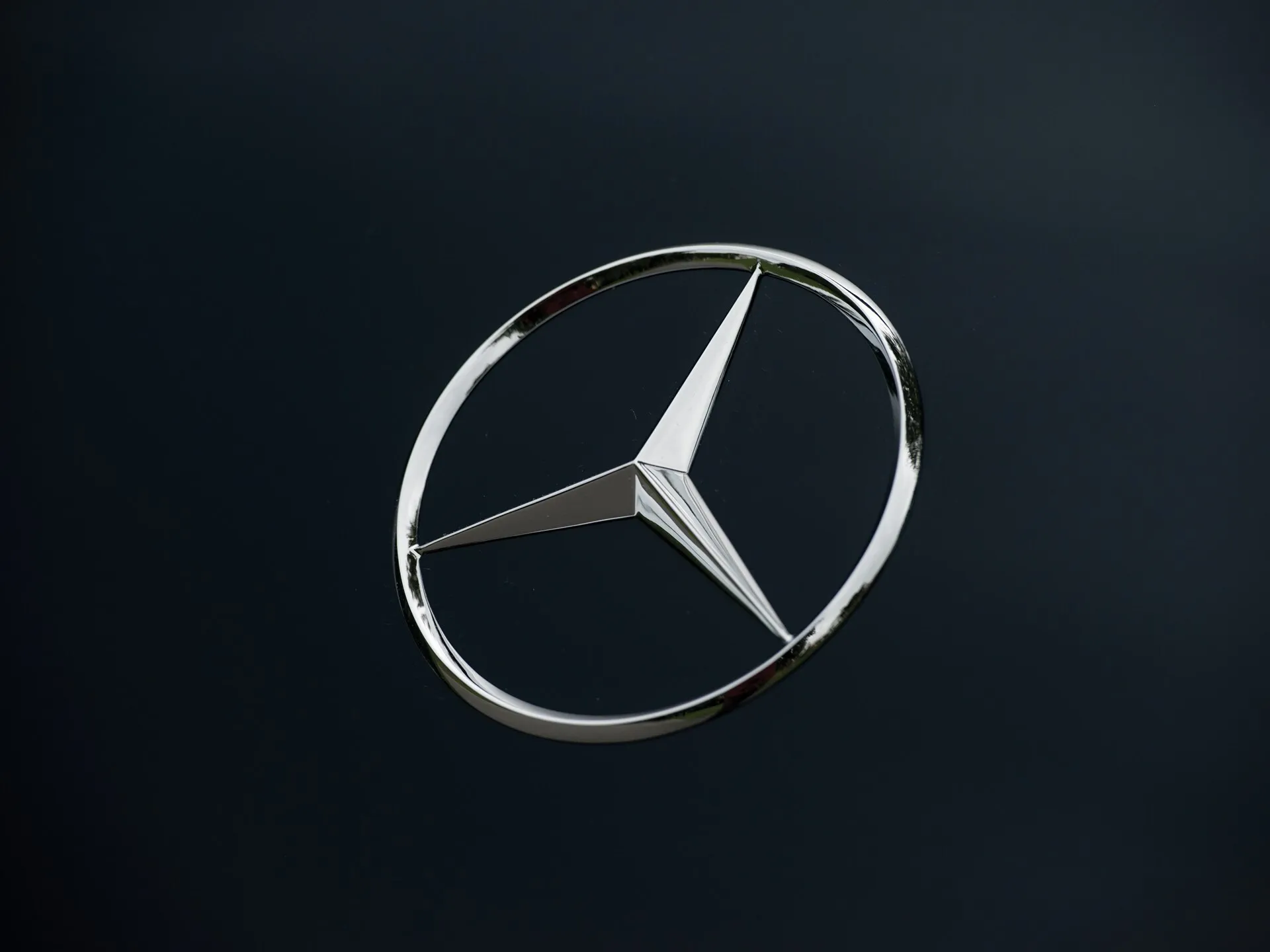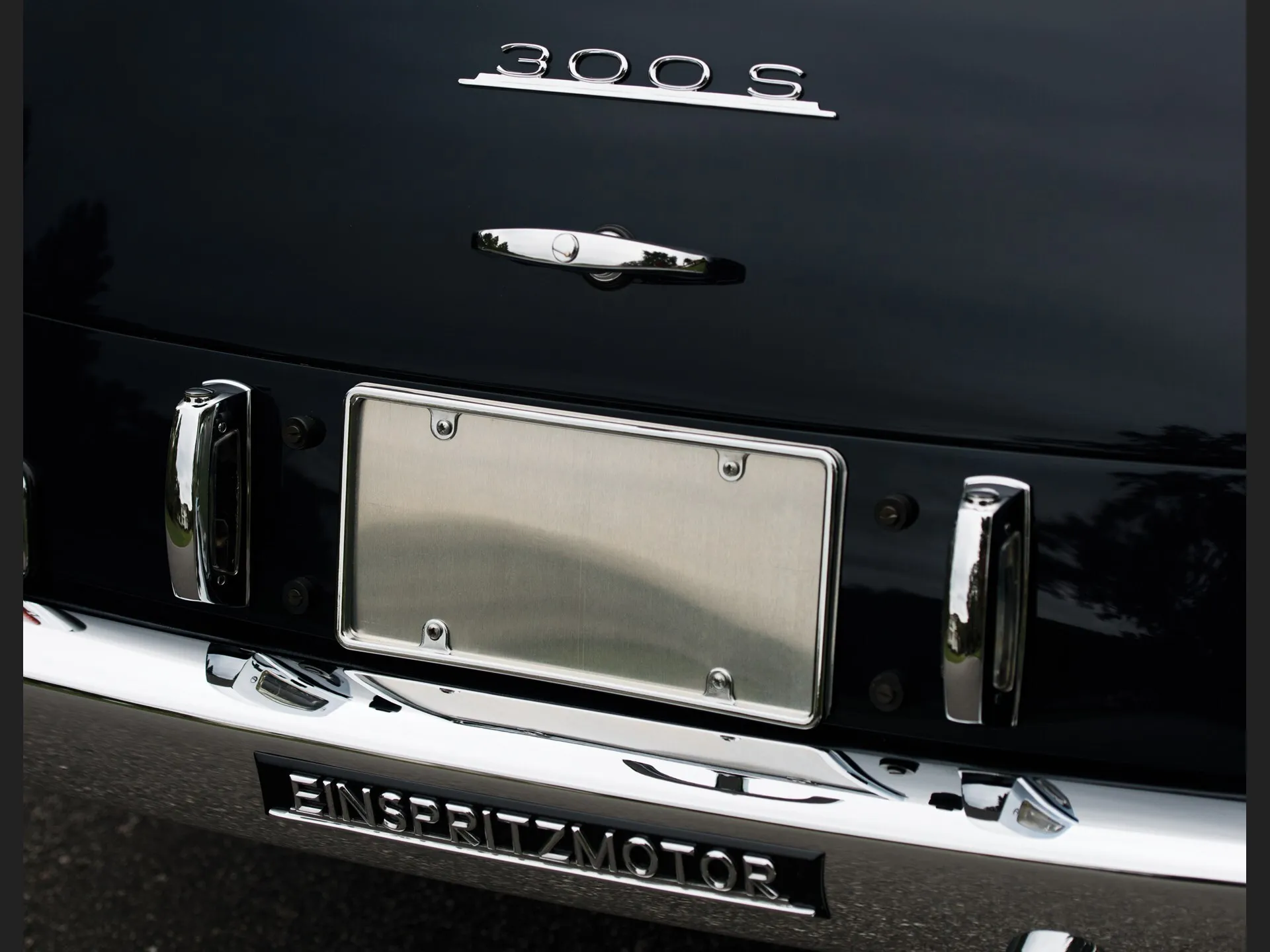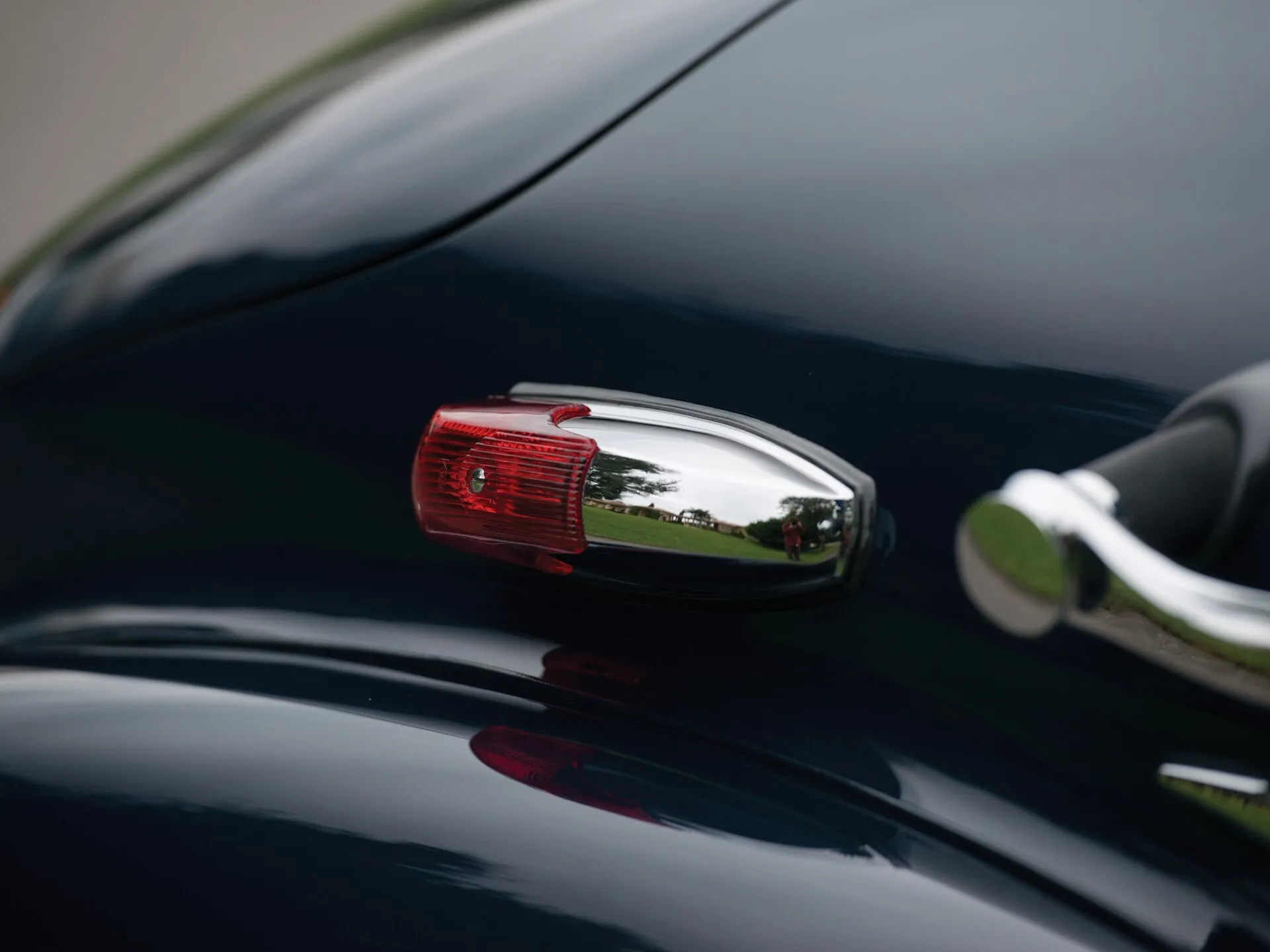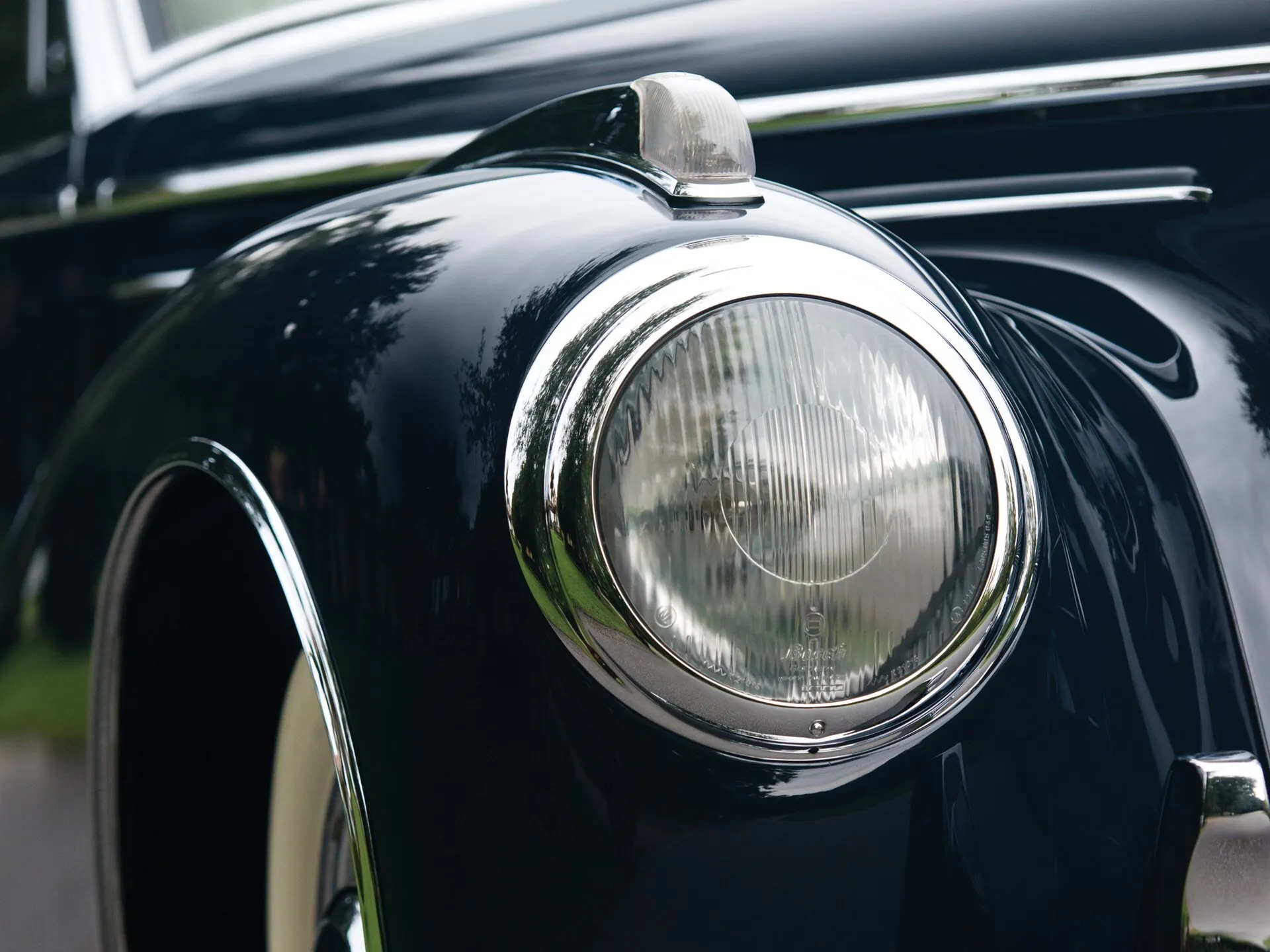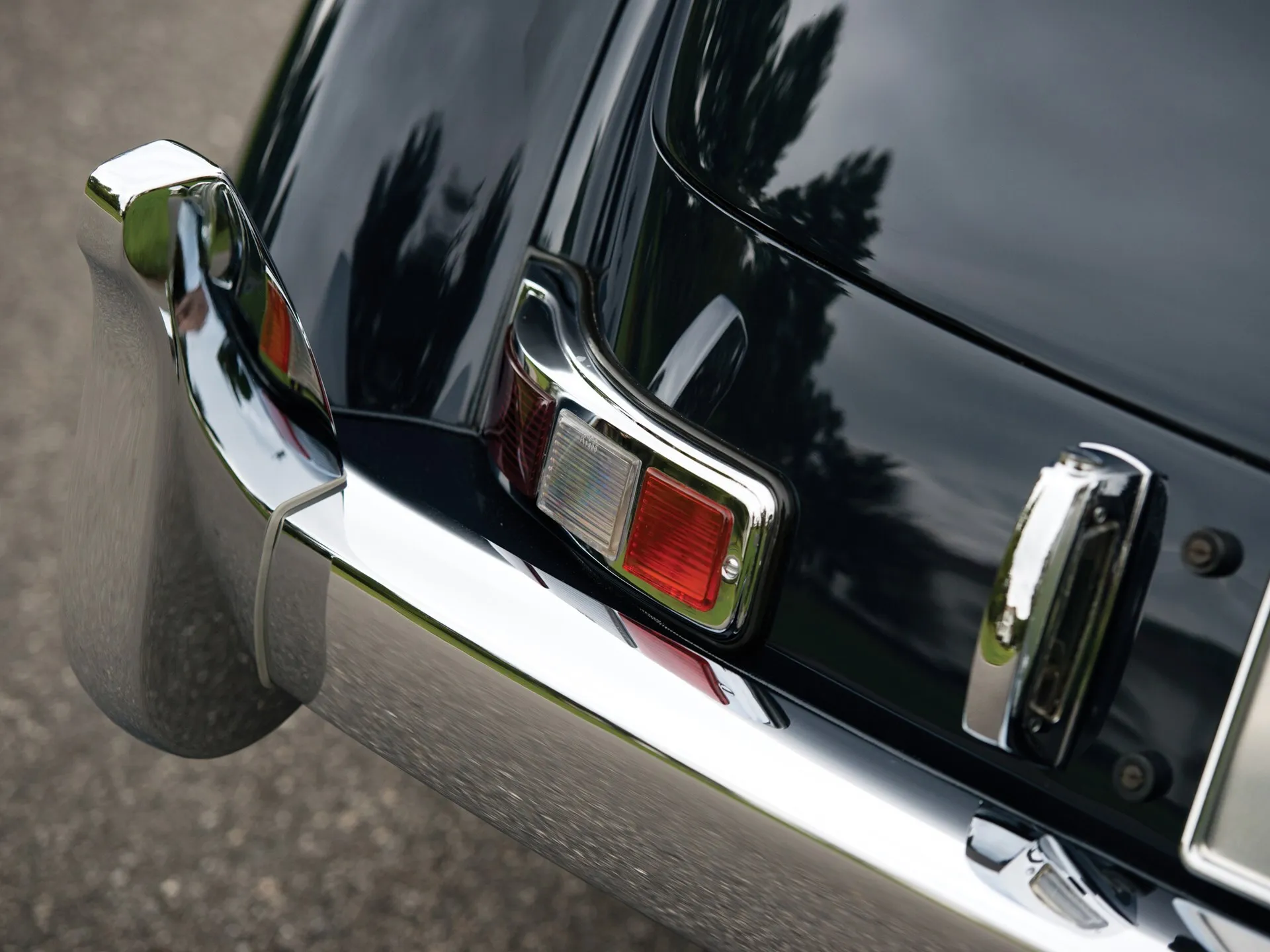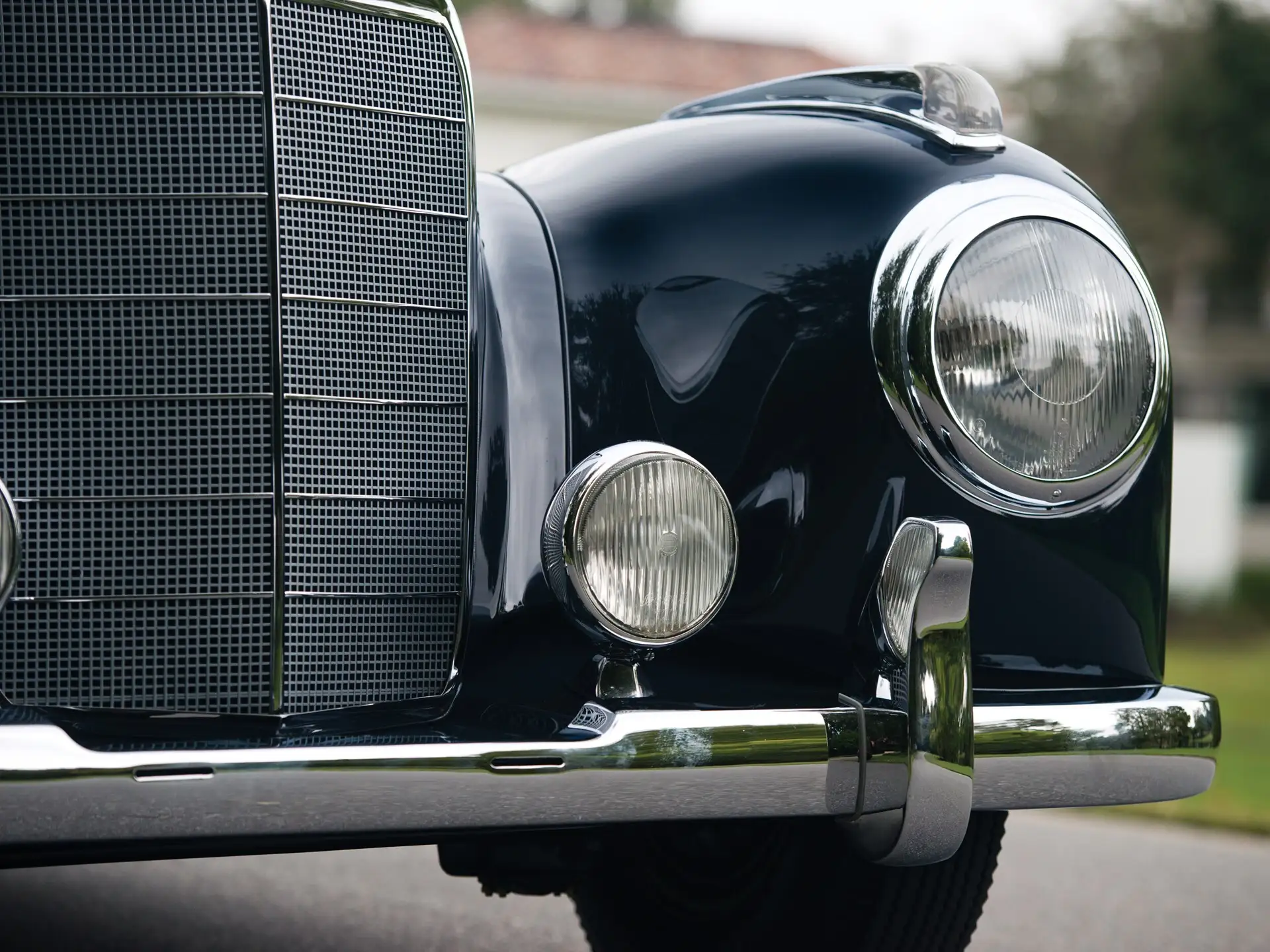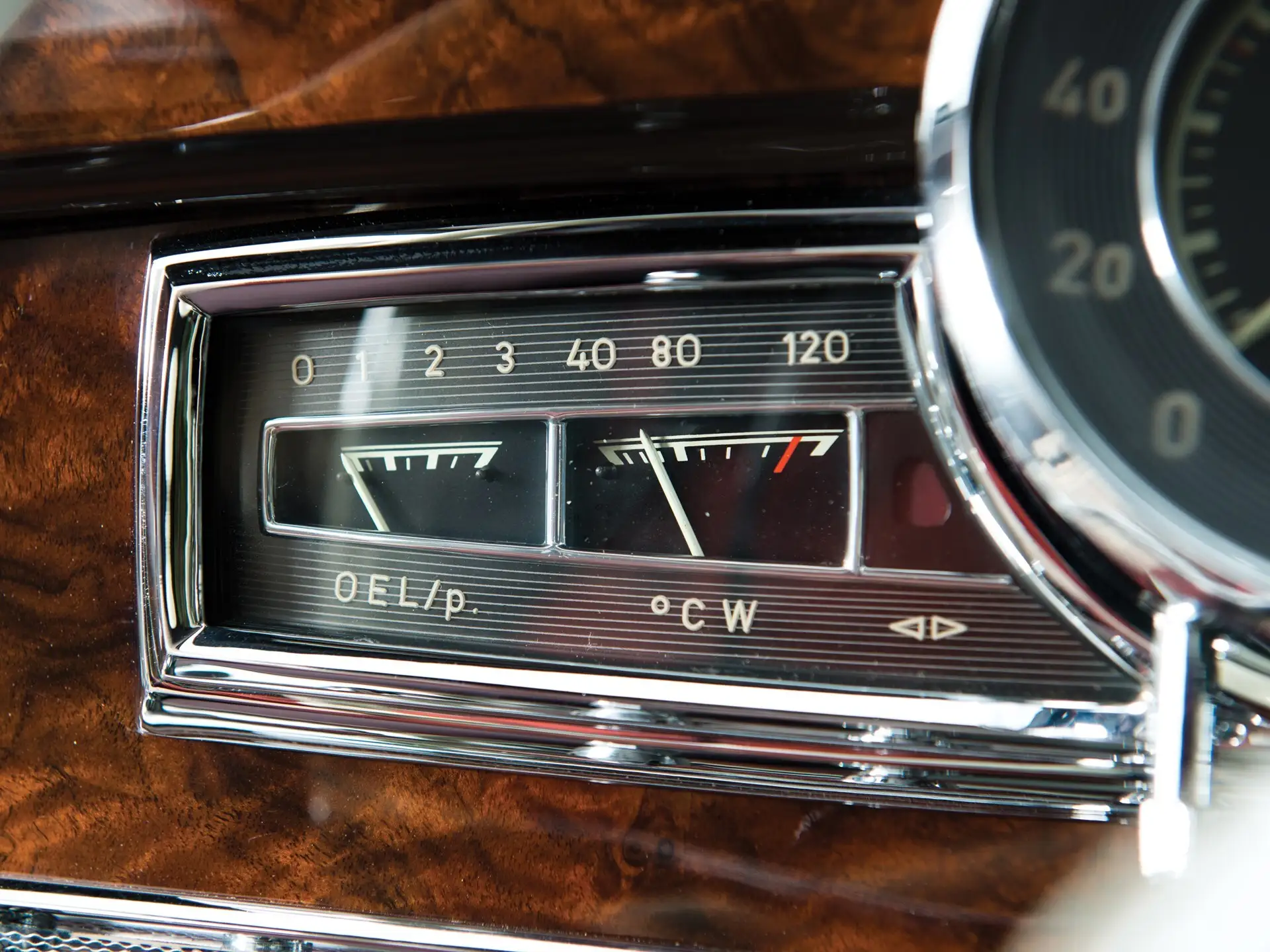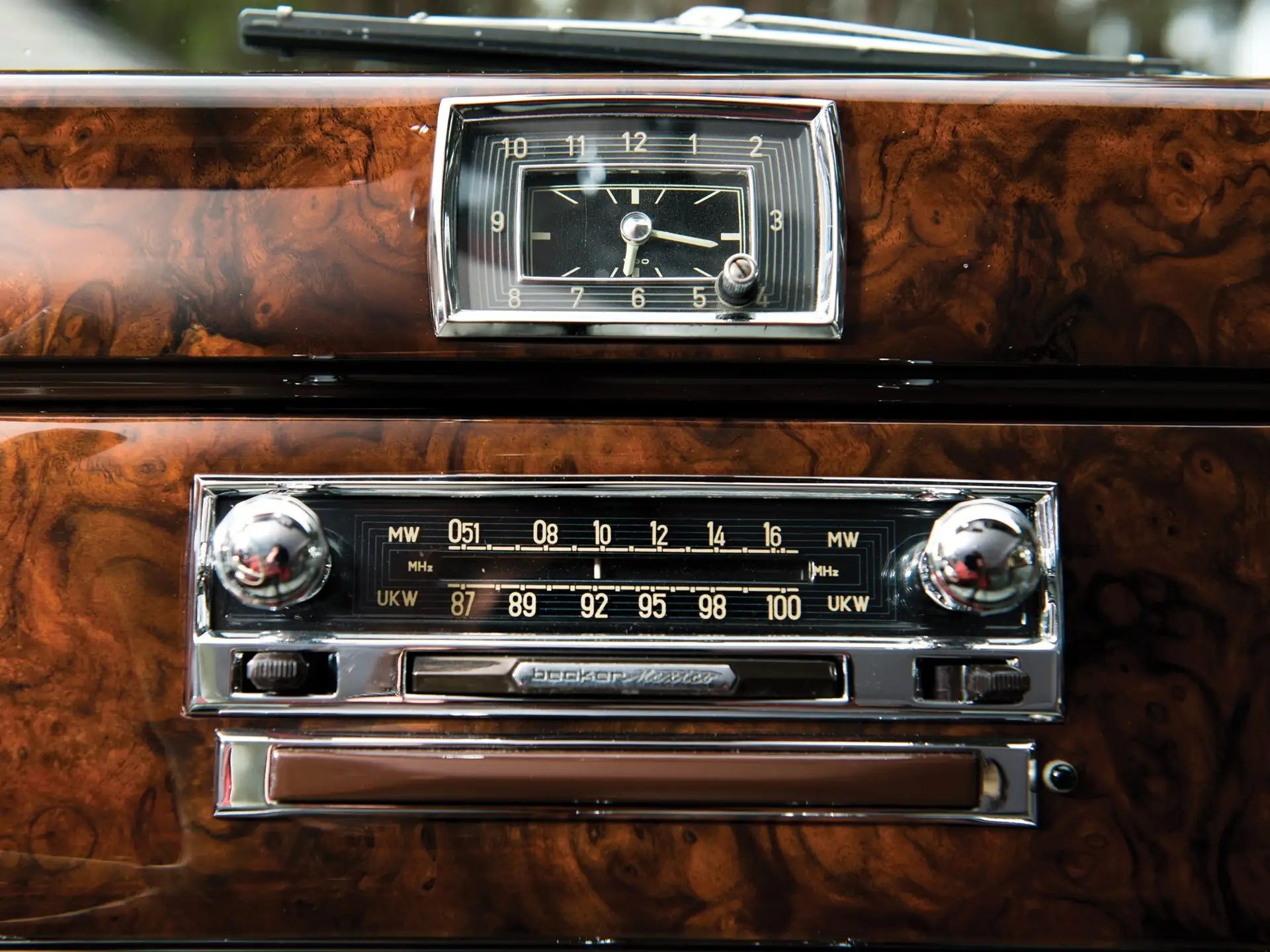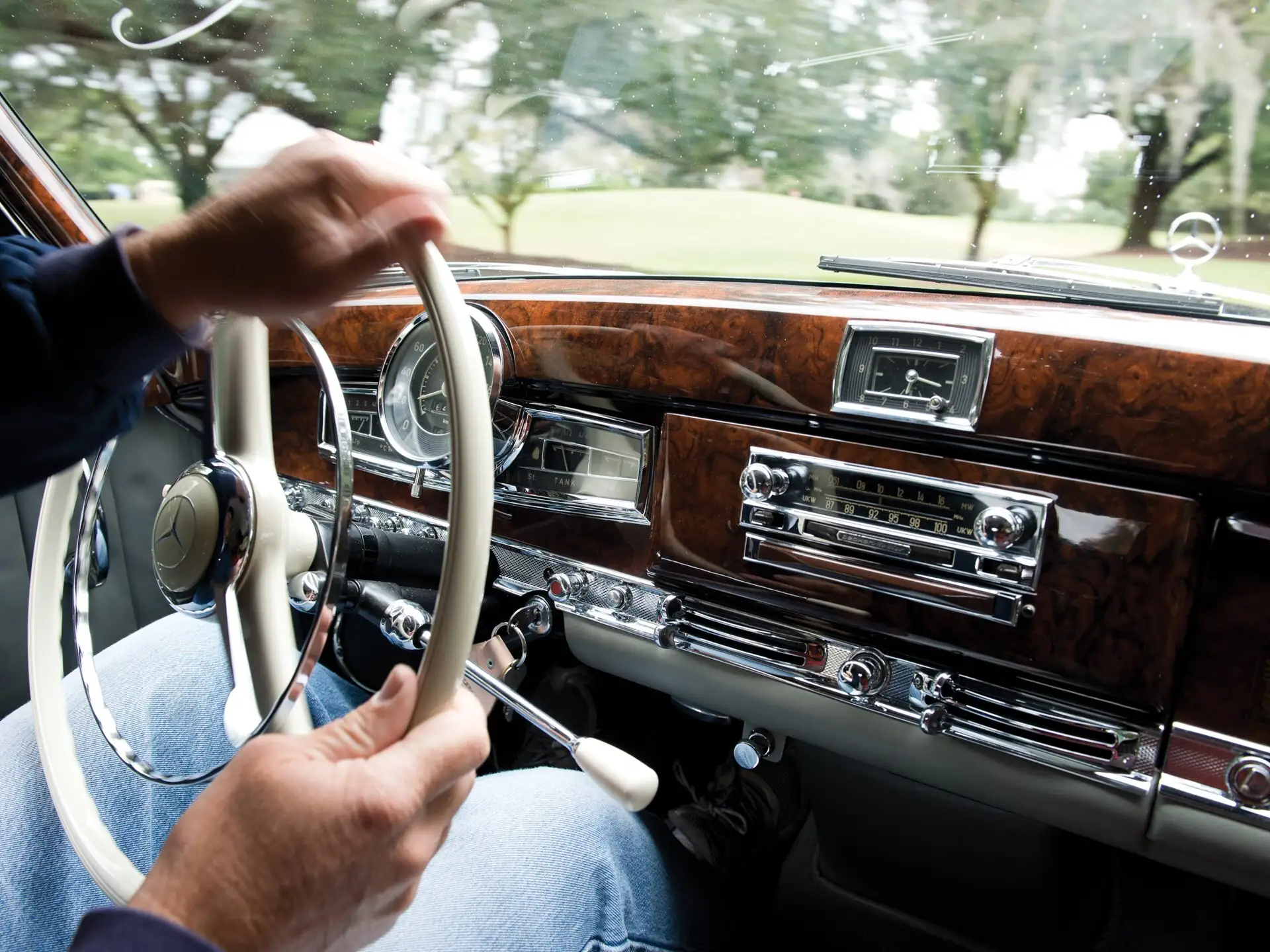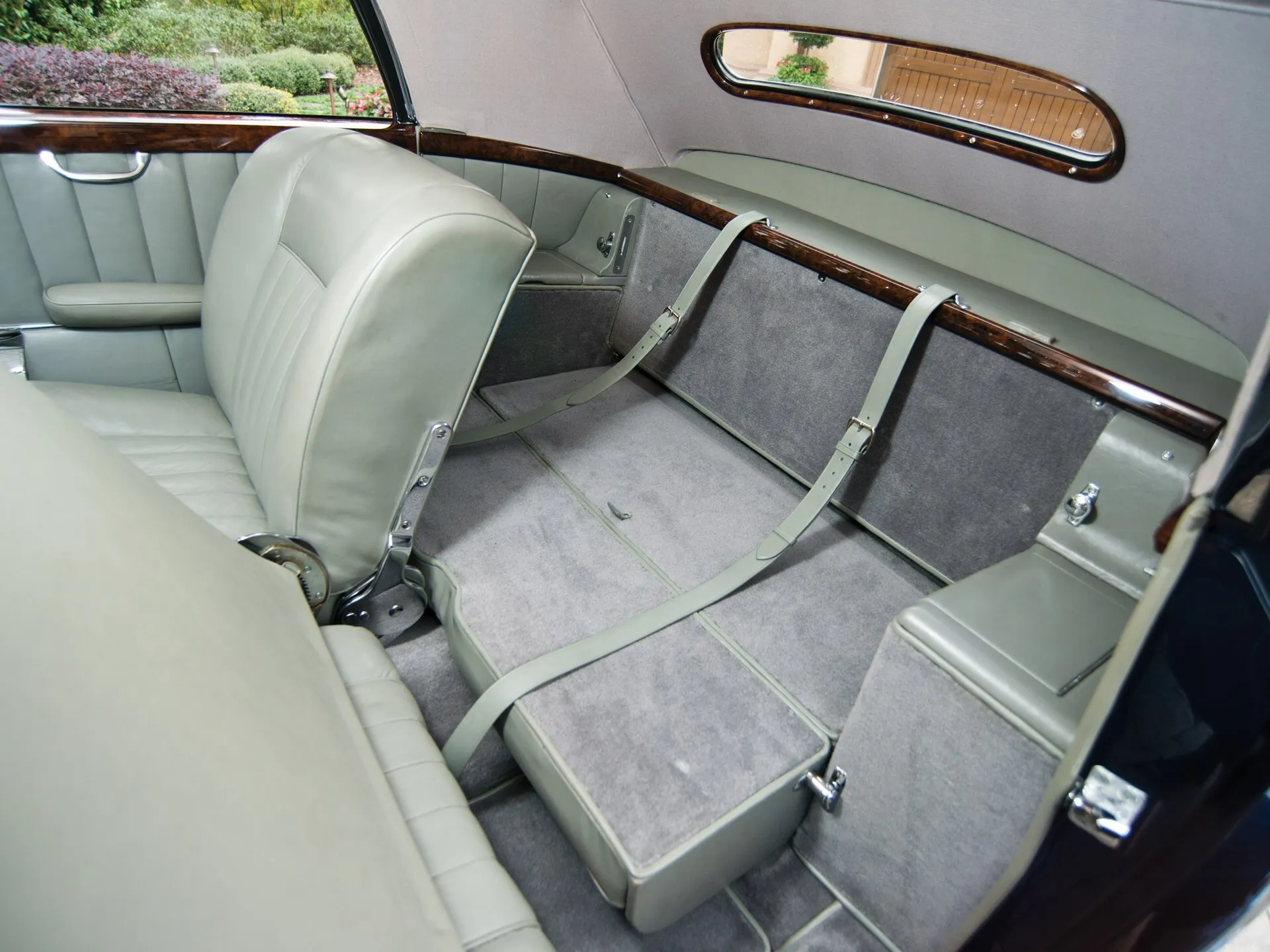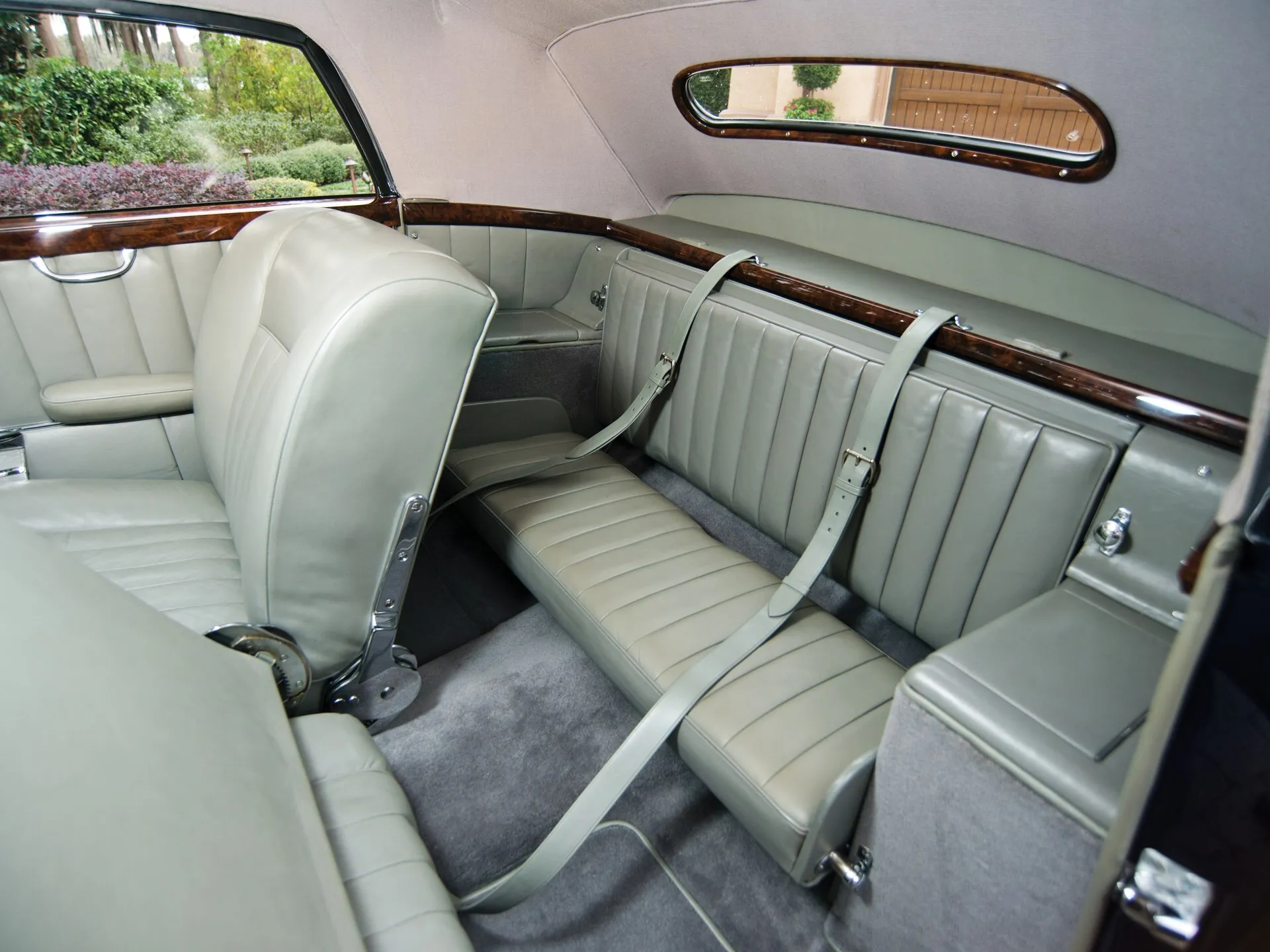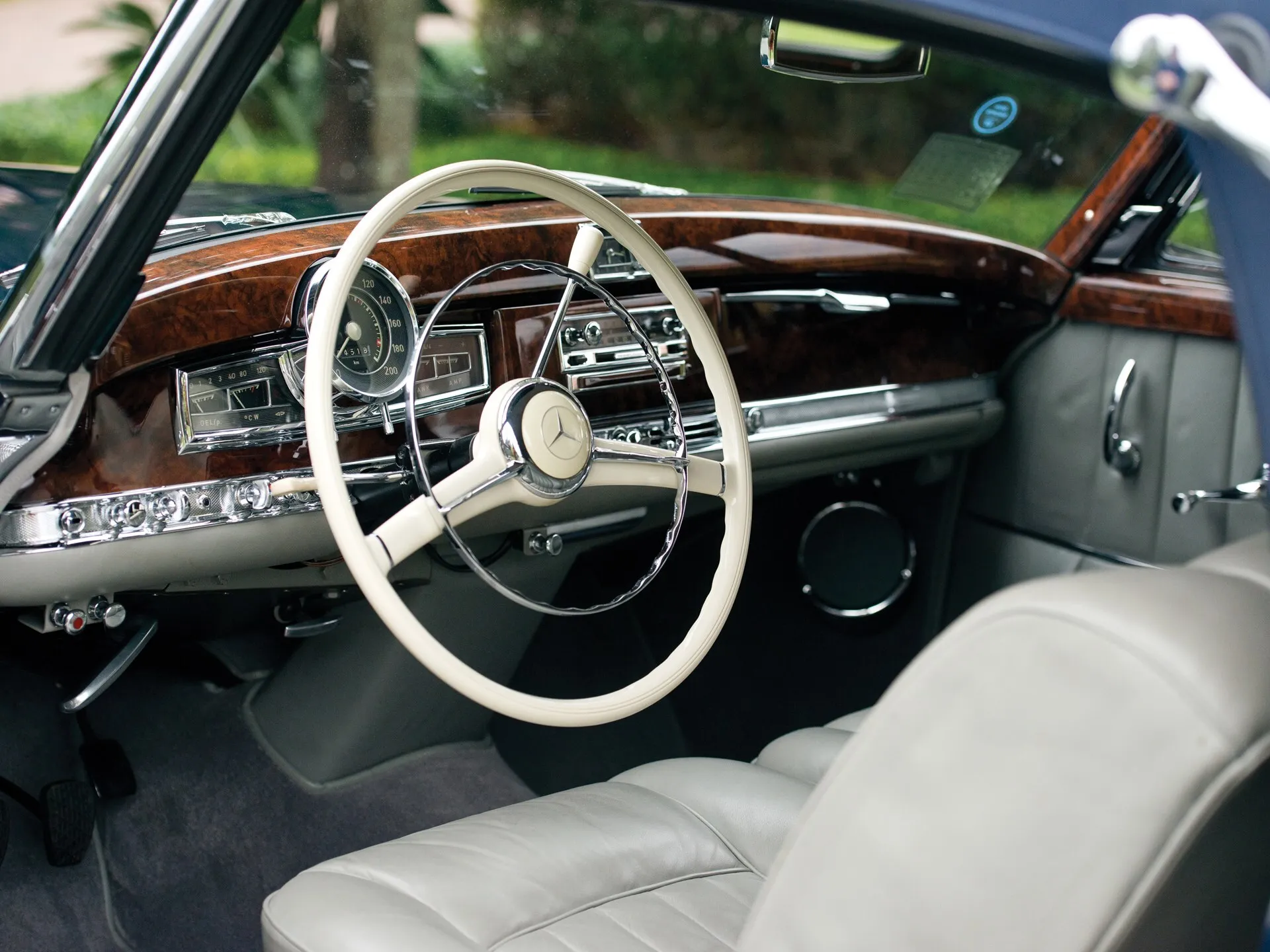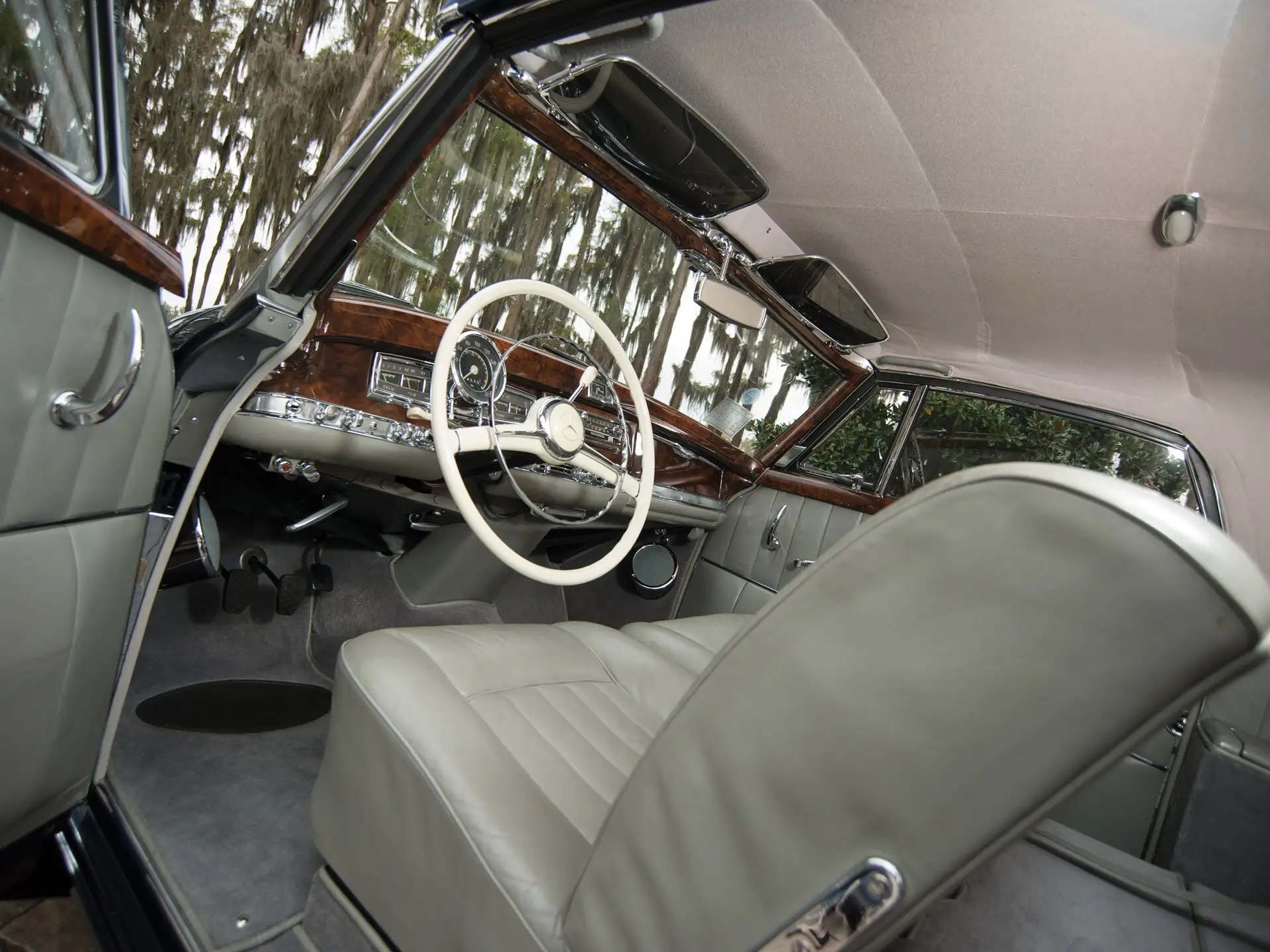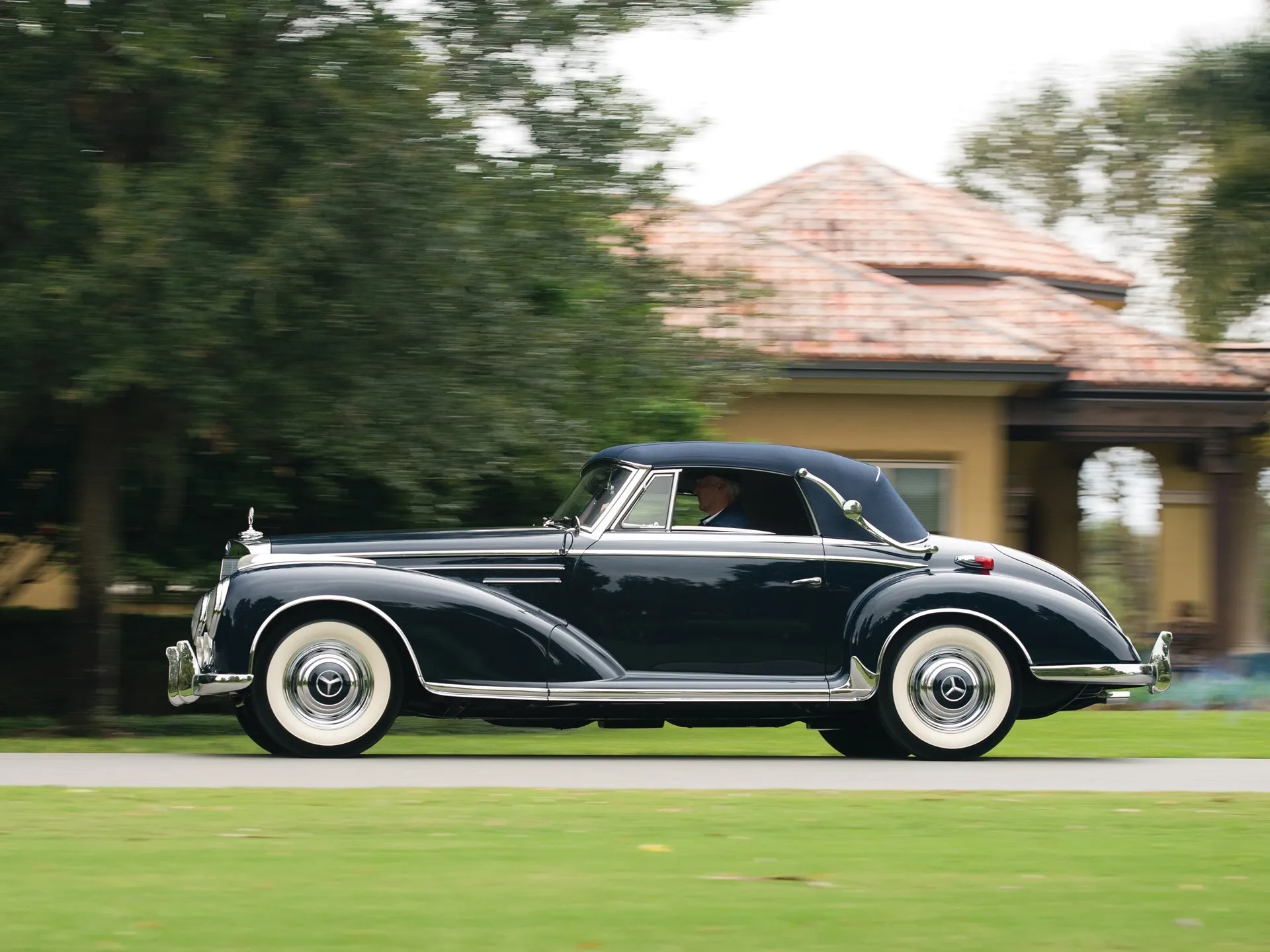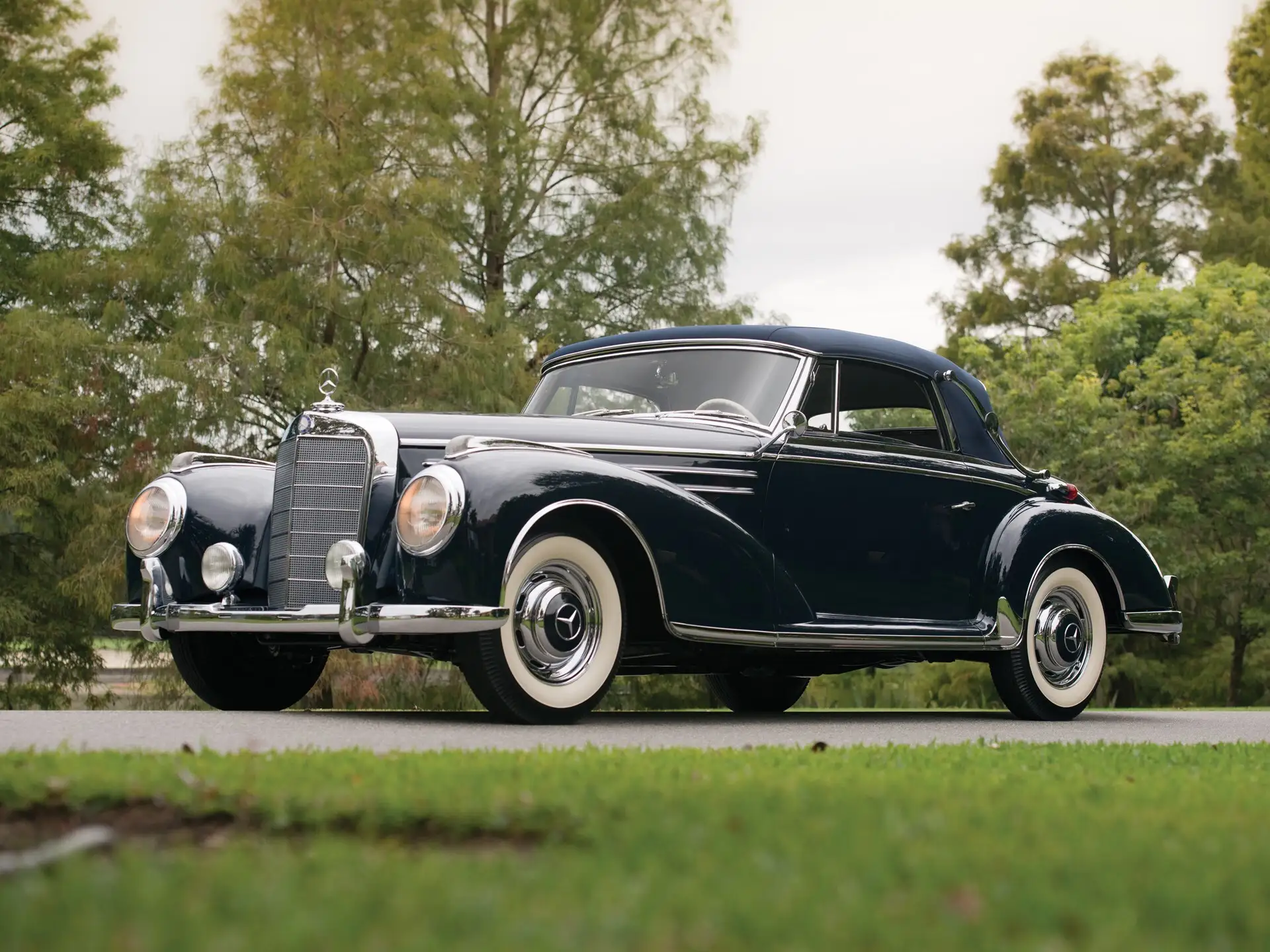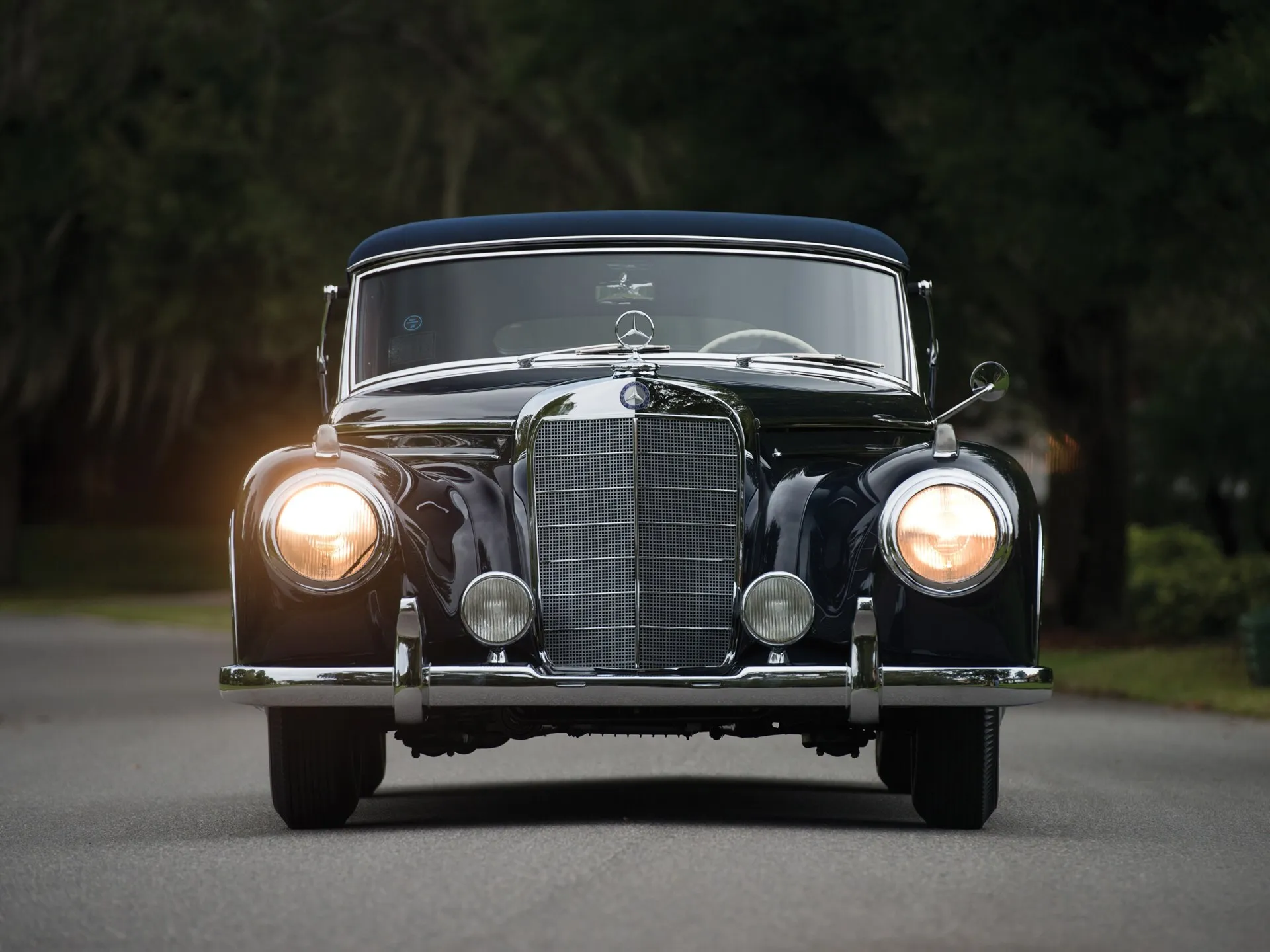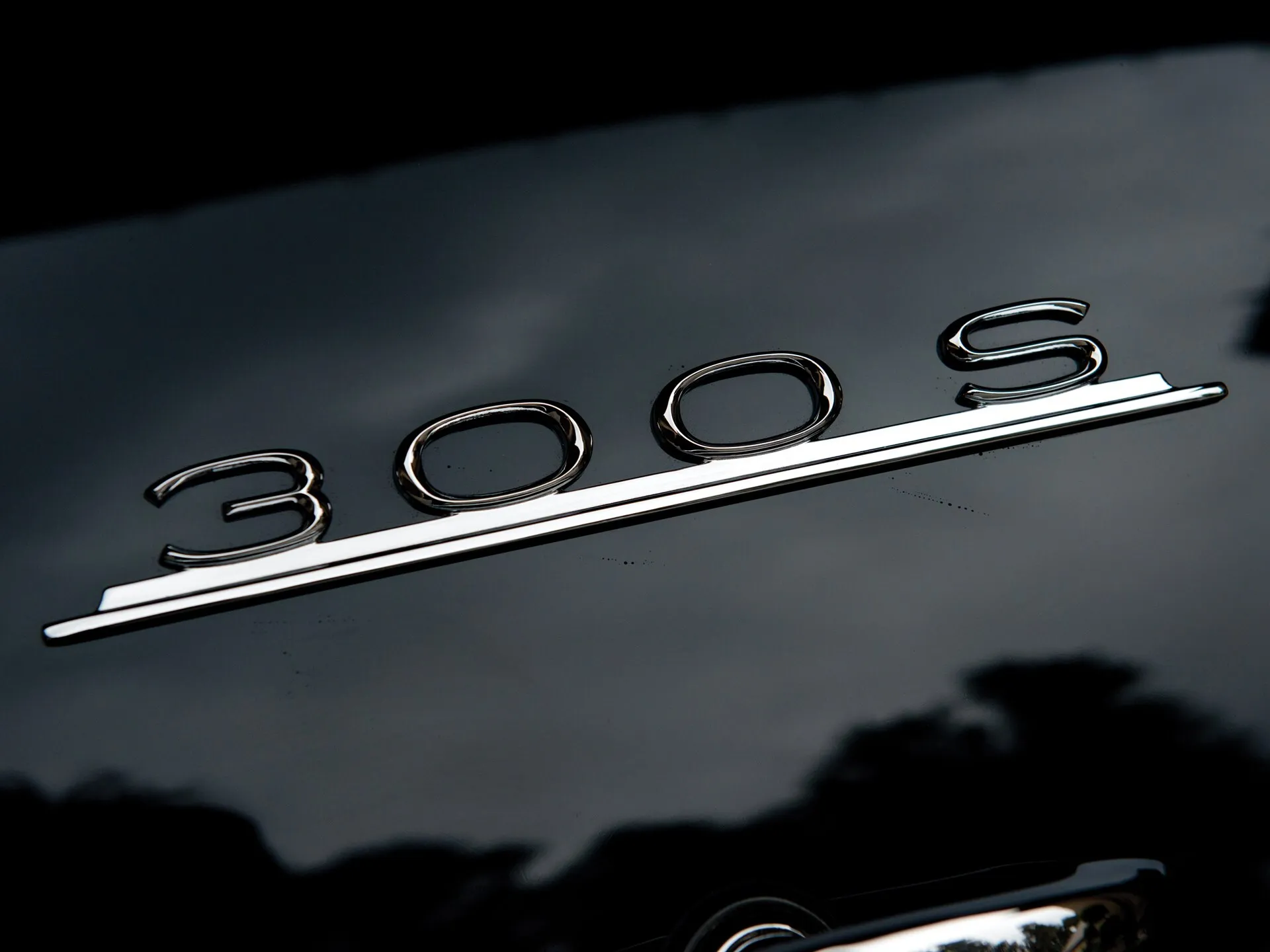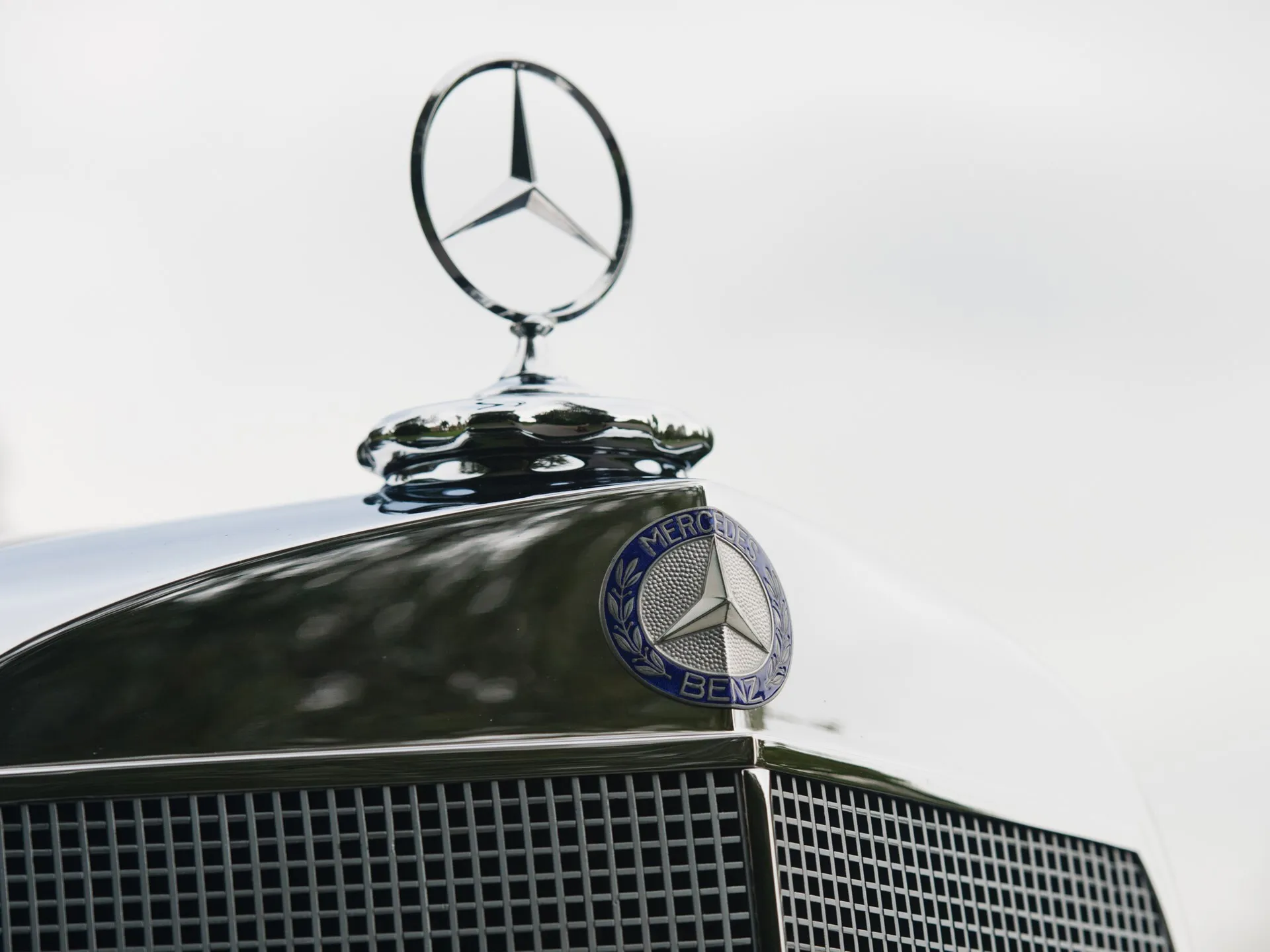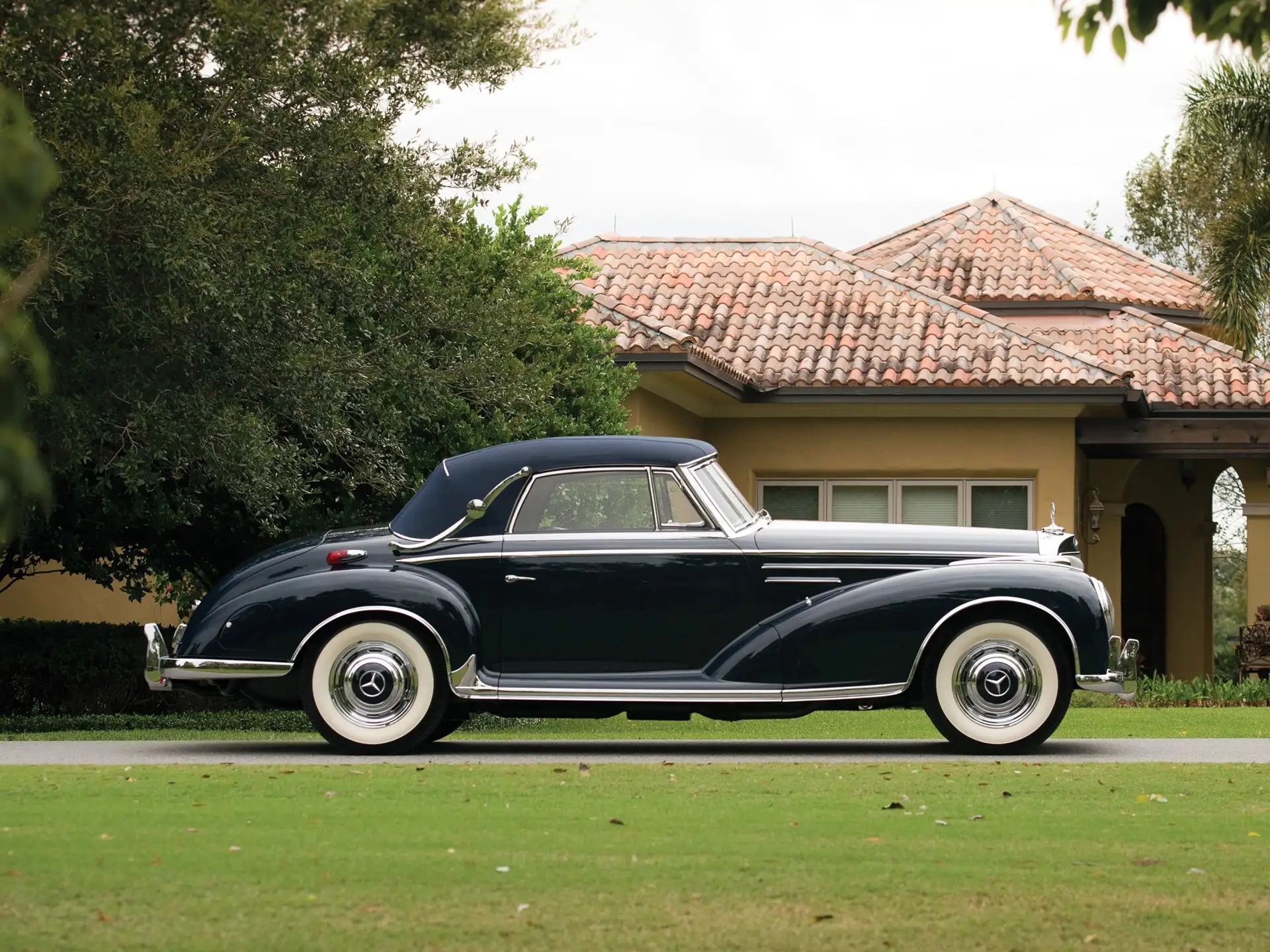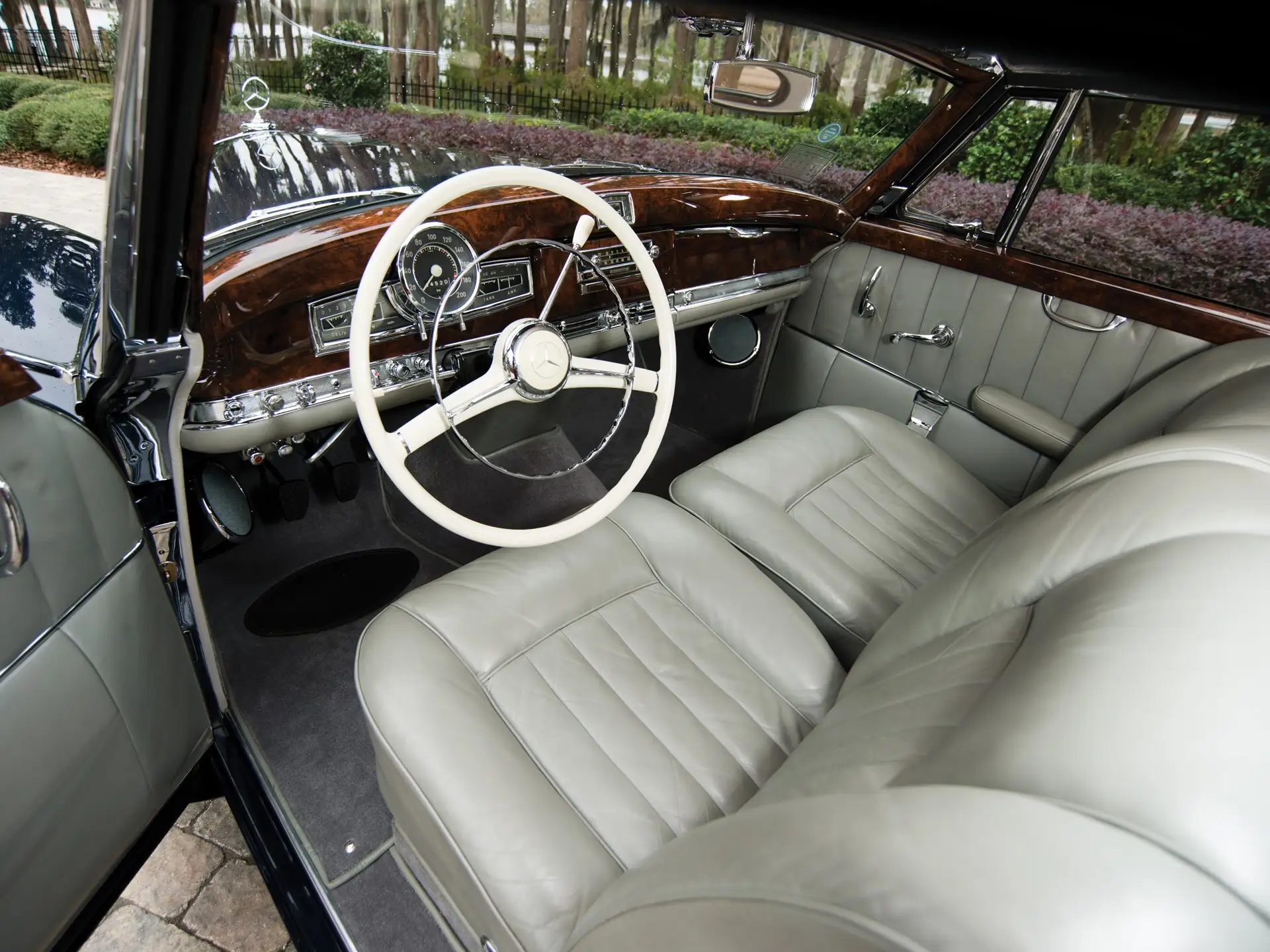The Mercedes-Benz Type 300 series, consisting of the W186, W188, and W189 chassis codes, was the epitome of elegance and luxury during the 1950s. Comparable to the modern-day S-Class, these vehicles were the company’s largest and most prestigious models, designed for the wealthy and powerful. They were often referred to as the “Adenauer” series, named after the German Chancellor, Konrad Adenauer, who owned six of these cars during his tenure.
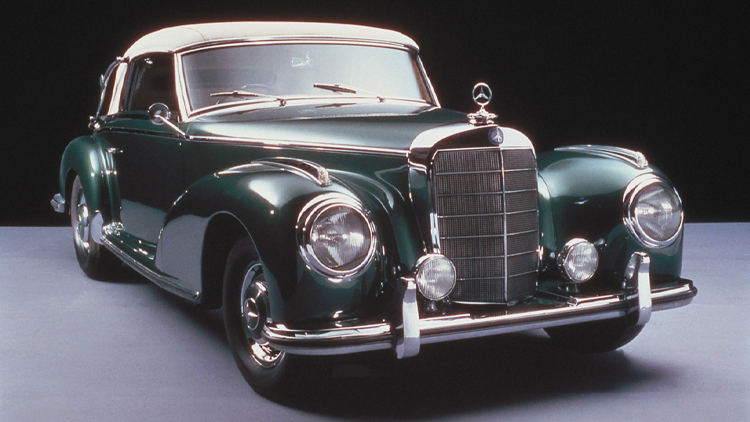
While the majority of the company’s sales at the time were in the less expensive Ponton series, the Type 300 and Ponton models were eventually replaced by the “Heckflosse” cars of the early 1960s.
W186
The “W186” Type 300 was built on a pre-war chassis with a more modern body and was introduced in 1951. It had a modern 3 L (2996 cc/182 in³) straight-6 engine, available as a sedan or cabriolet, both with four doors and seating for six. One innovative feature was a rear load-leveling suspension that was operated by a switch on the dashboard. Type 300 also included luxurious features, such as a Becker radio, VHF mobile telephone, and dictation machine, geared towards business professionals and politicians. Adenauer’s cars were equipped with a writing desk, sirens, curtains, a dividing partition, and other such features.
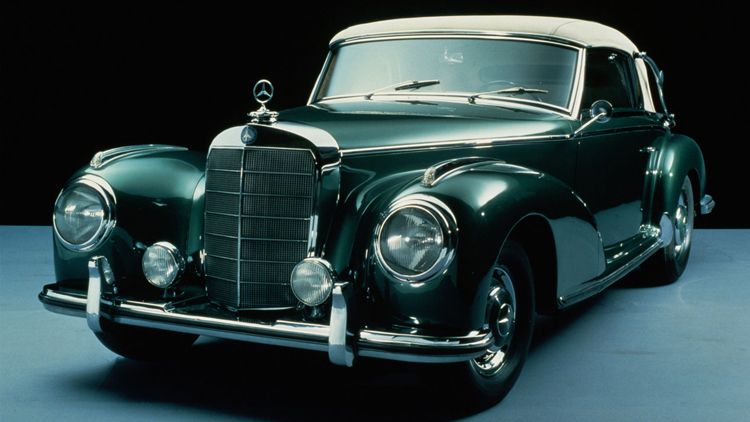
A special Innenlenker model (also called the Type 300 Lang) limousine model rode on a 20 cm (7.9 in) longer wheelbase. In 1954, power brakes were introduced with the Type 300 b, and a larger rear window was added in September 1955 on the Type 300 c. The Type 300 c also featured a swing axle rear independent suspension and was priced at $10,864 in the United States, with the convertible commanding a pricy $14,231.
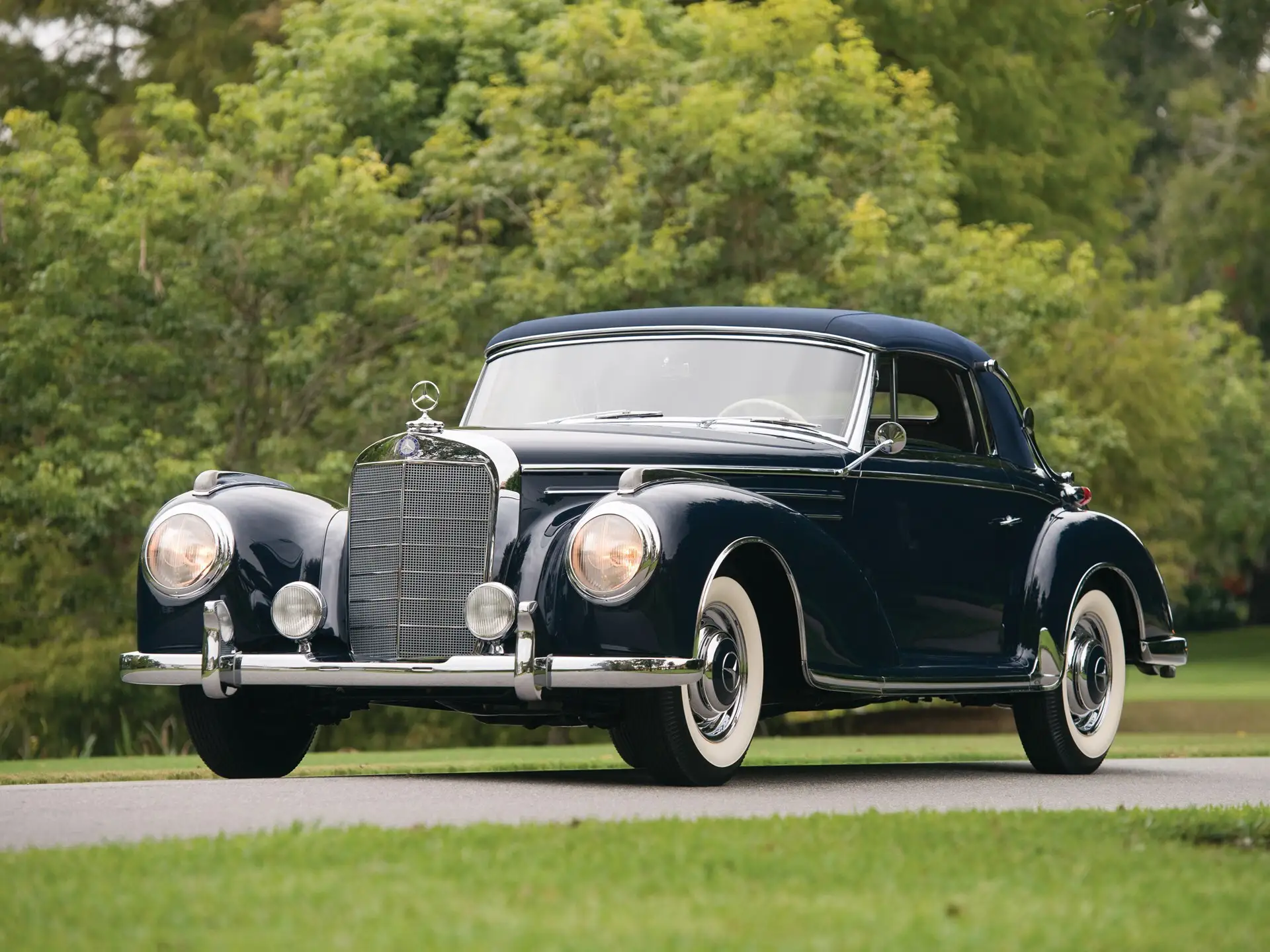
The B-pillar was removed for a hardtop look in the Type 300 d (chassis code W189) of August 1957 and was produced through March 1962 with 3,077 built. The 300 d had a compression ratio of 8.55:1 and Bosch fuel injection, producing 160 hp (119 kW). The limousine version was replaced by the W112 300SE, while the W111 220/230 took over at the lower end until the W108/W109 250/280/300 was ready in 1965.
W188
The “W188” Type 300 S was Mercedes-Benz’s top-end vehicle when it was introduced in 1952. The Type 300 S came as a 2+2 coupe, cabriolet (with landau bars), or roadster. Although mechanically similar to the contemporary W186, the W188 was marketed as one of the top luxury cars in the world. With 7.8:1 compression and triple Solex carburetors, the engine output was raised to 150 hp (112 kW) at 5000 rpm.
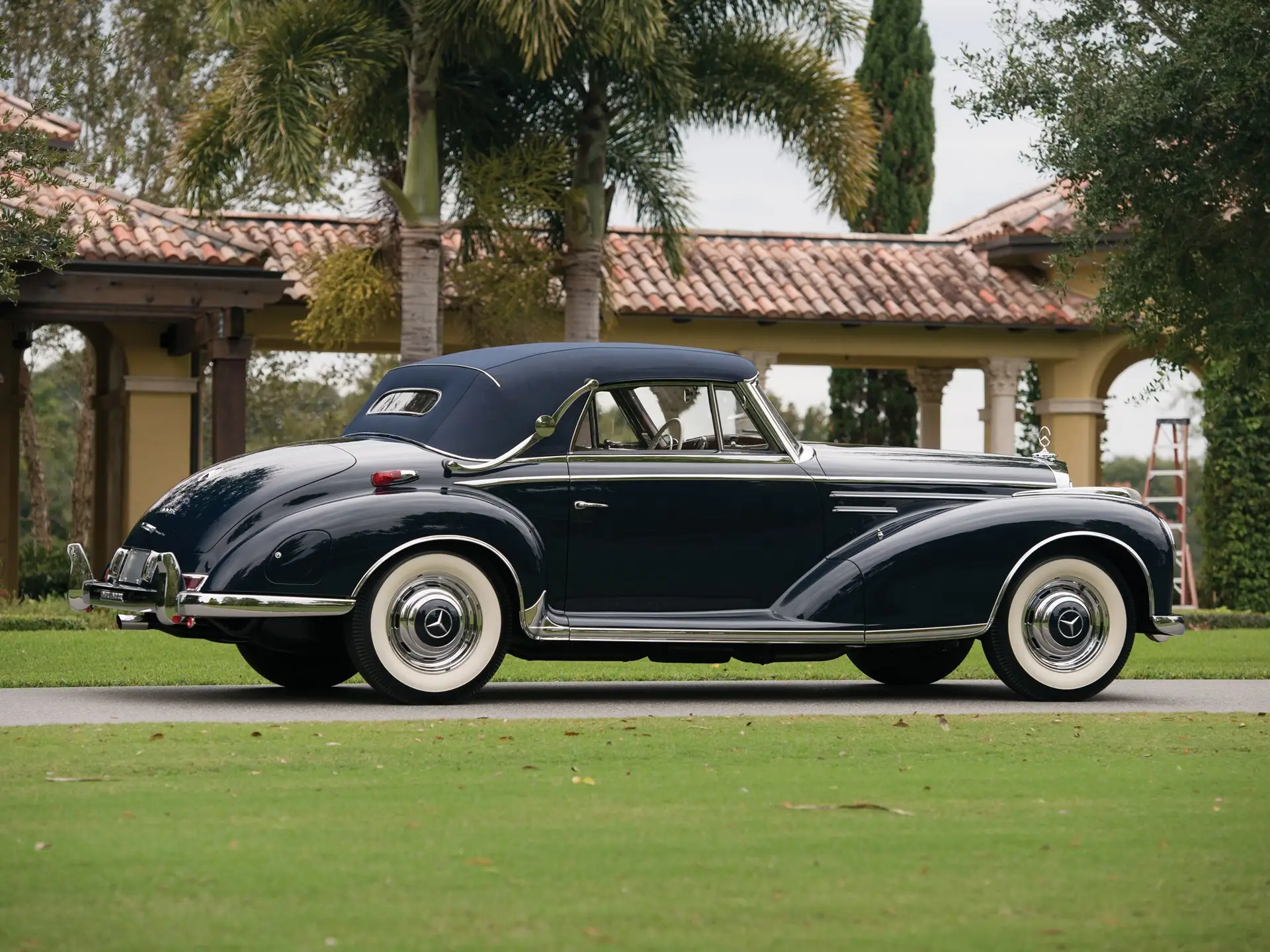
In 1955, the Type 300 Sc replaced the Type 300 S, with the substitution of Mercedes-Benz’s “low-pivot” independent suspension in the rear, and the addition of fuel injection. The Type 300 Sc was visually distinguished by a pair of chrome strips on either side of the hood.
Overall, the Mercedes-Benz 300 S series was the epitome of luxury, power, and elegance during the 1950s. These prestigious vehicles were
See detailed images from every angle of the 1951 Mercedes-Benz 300 S
